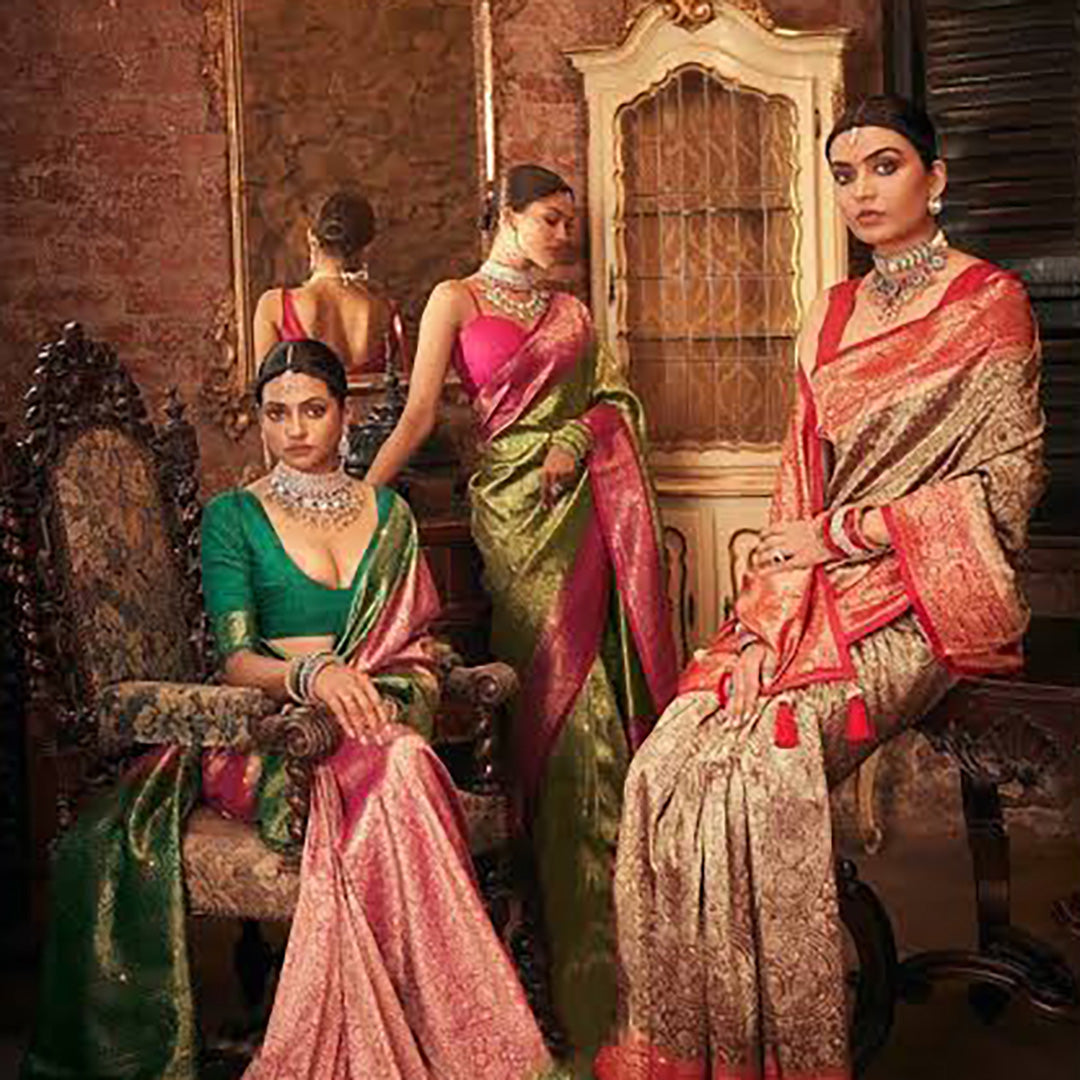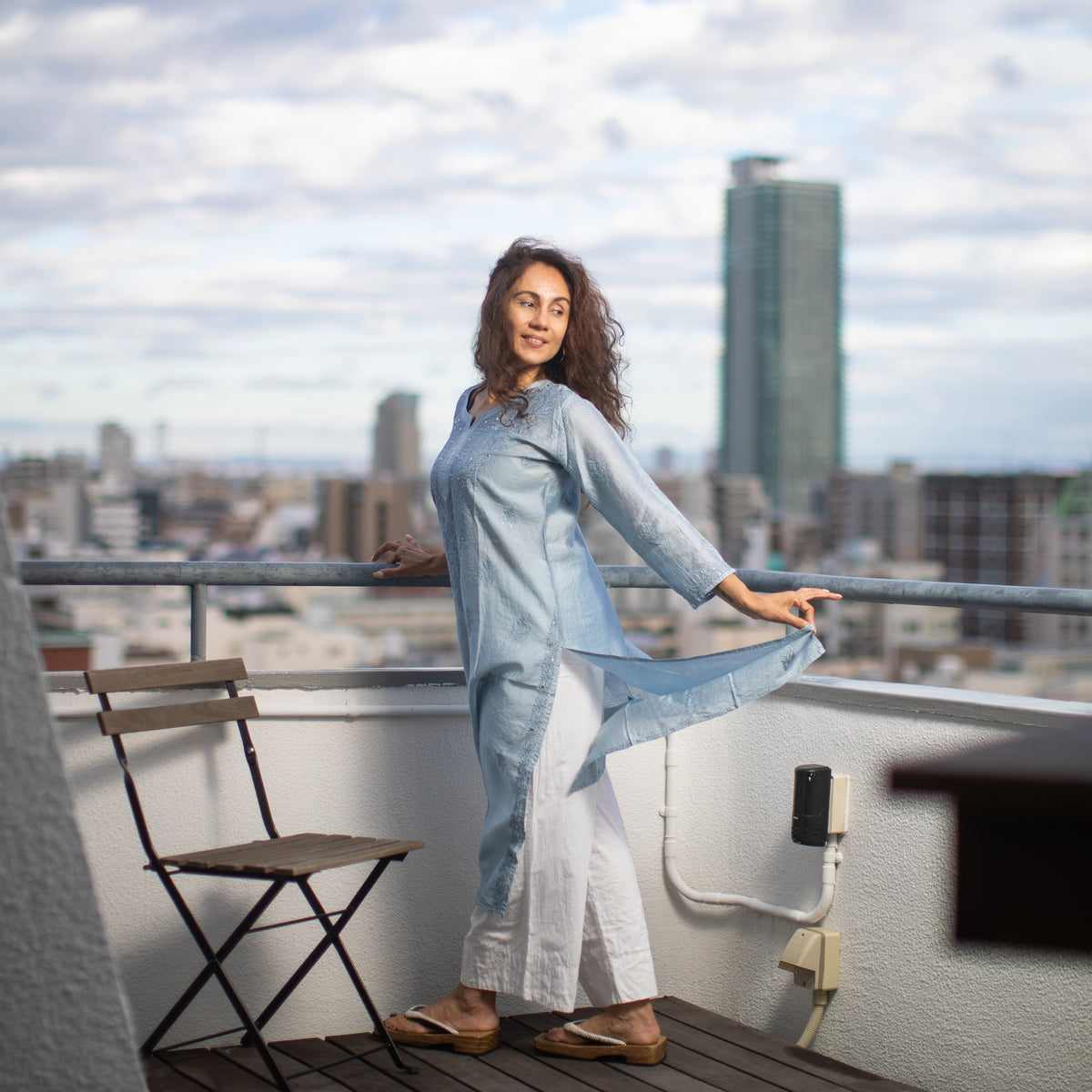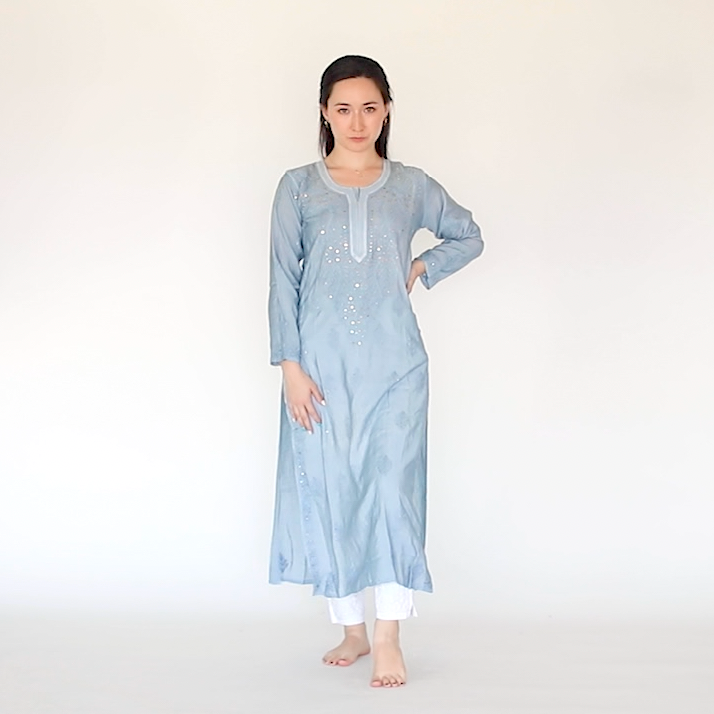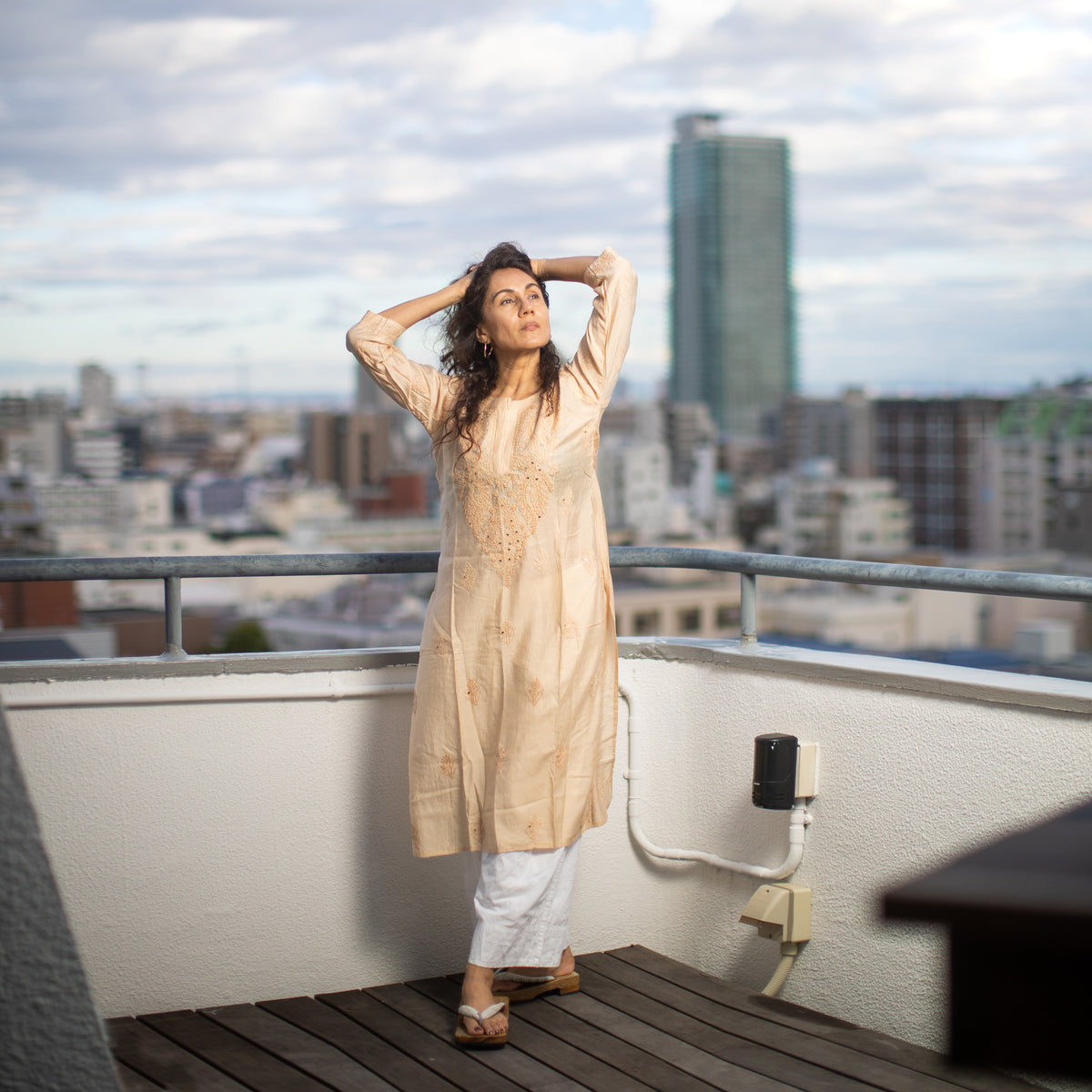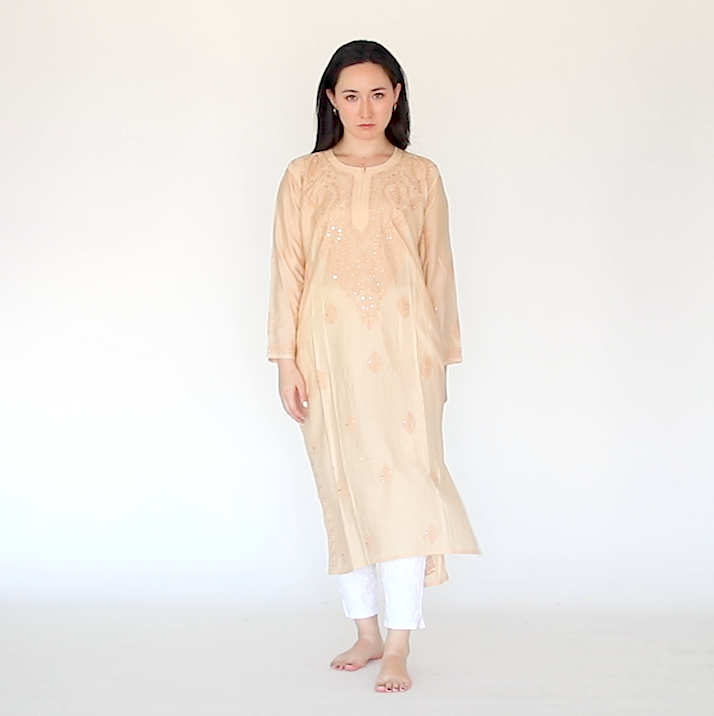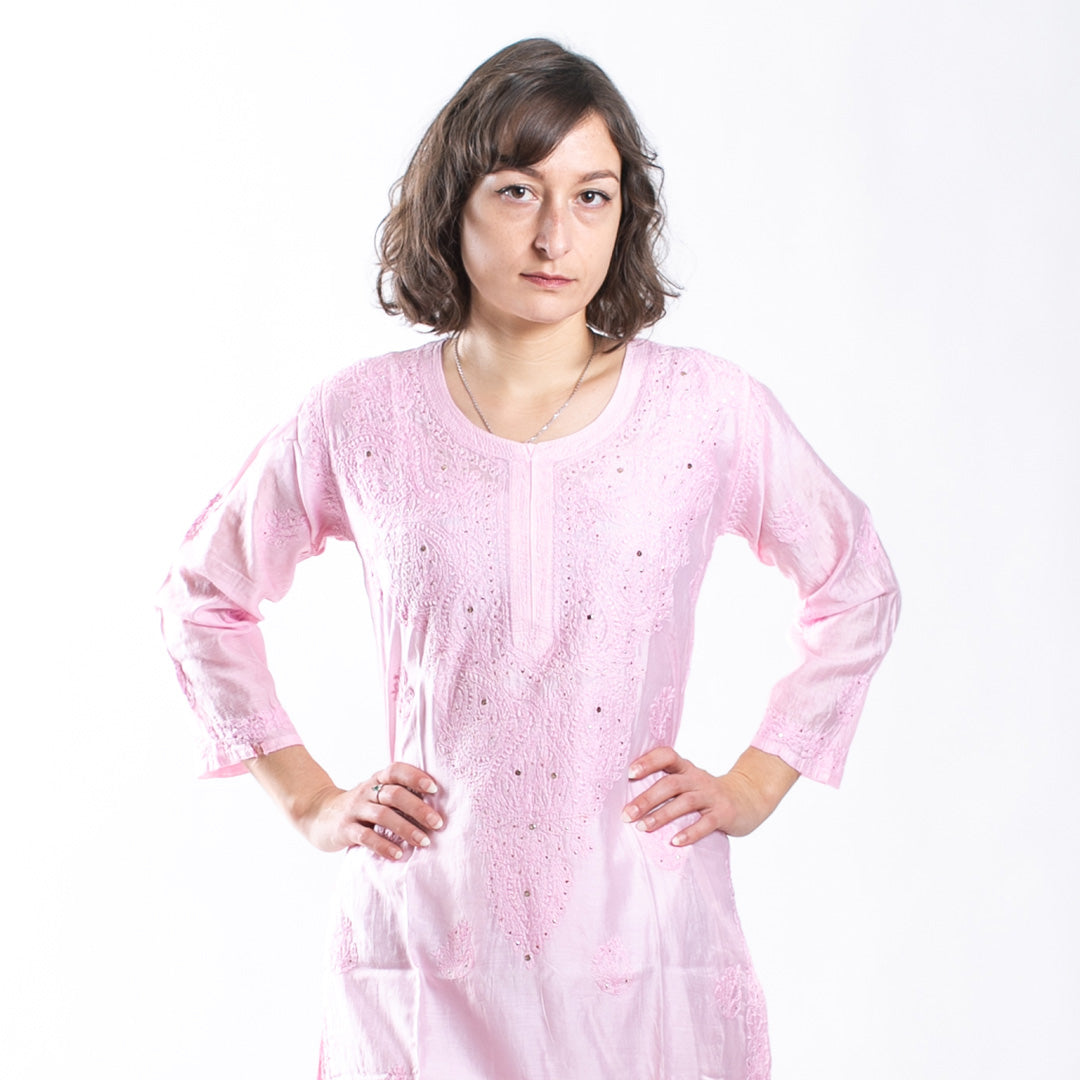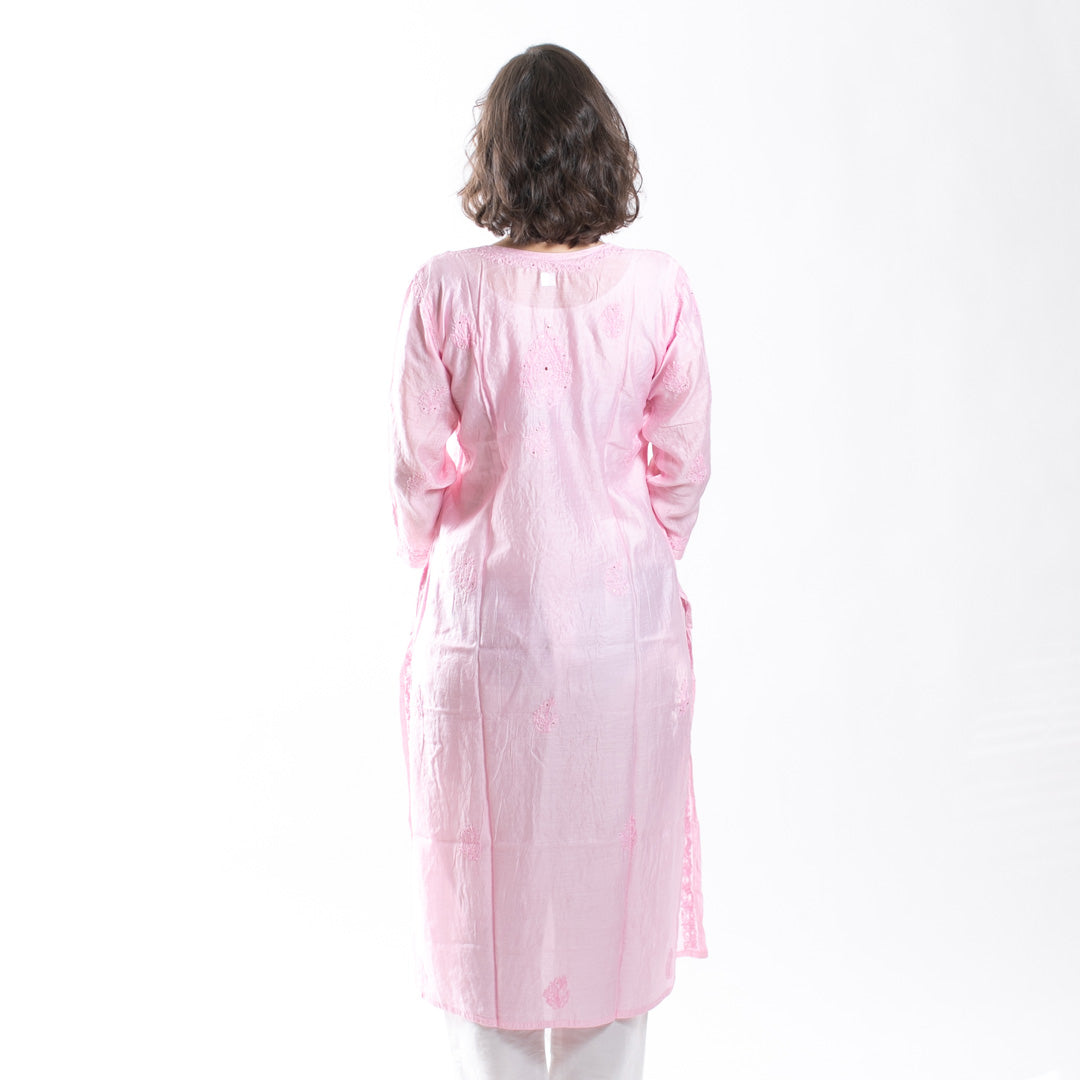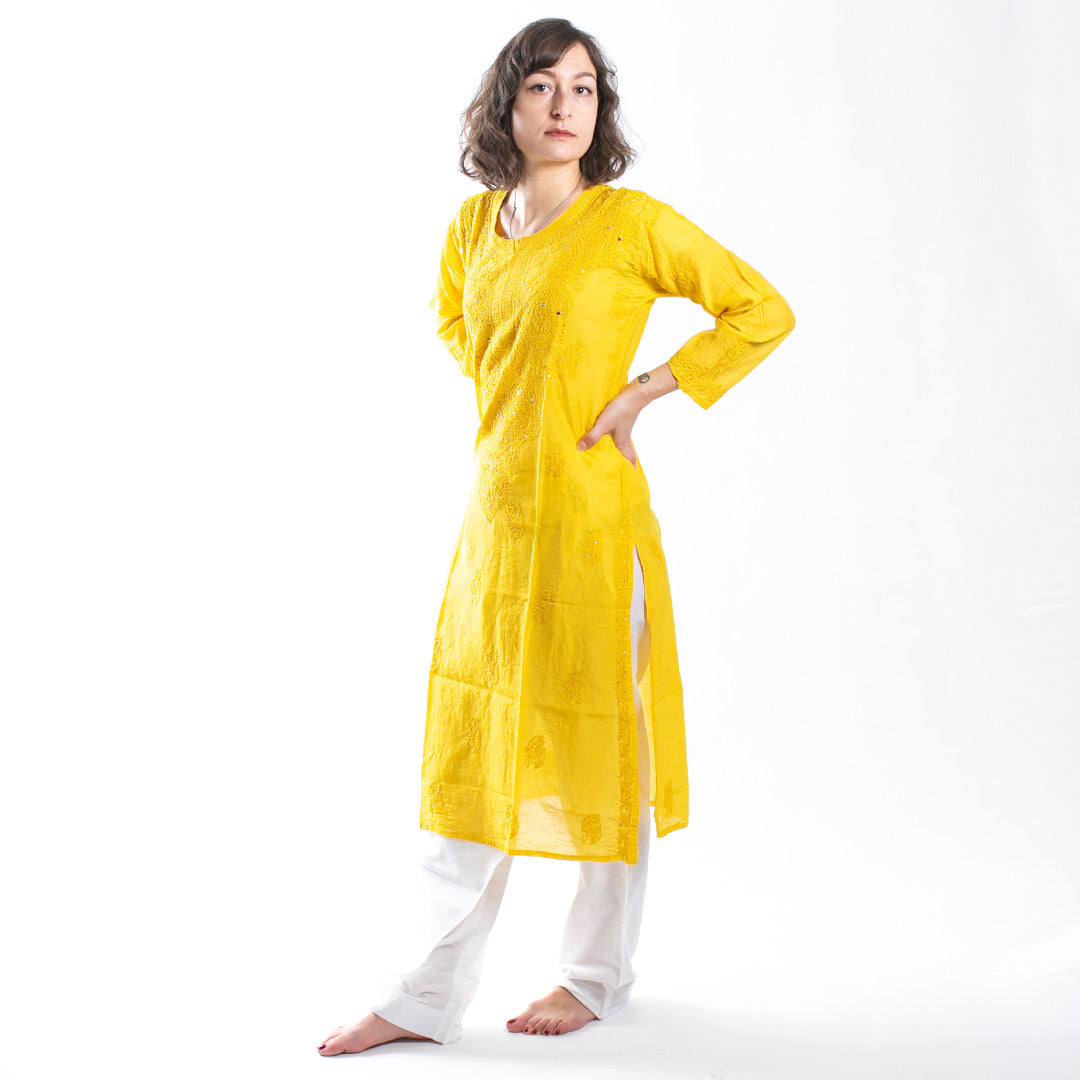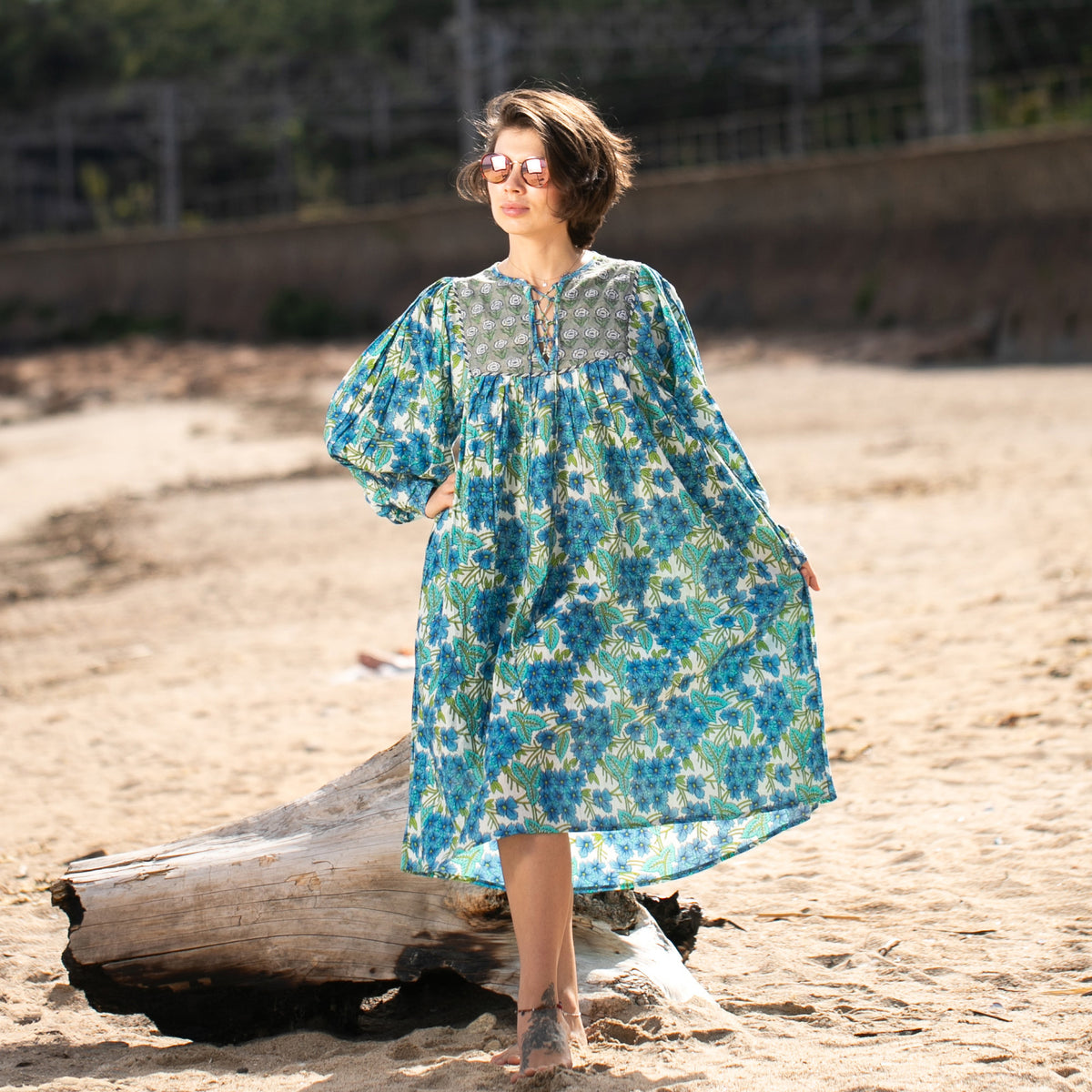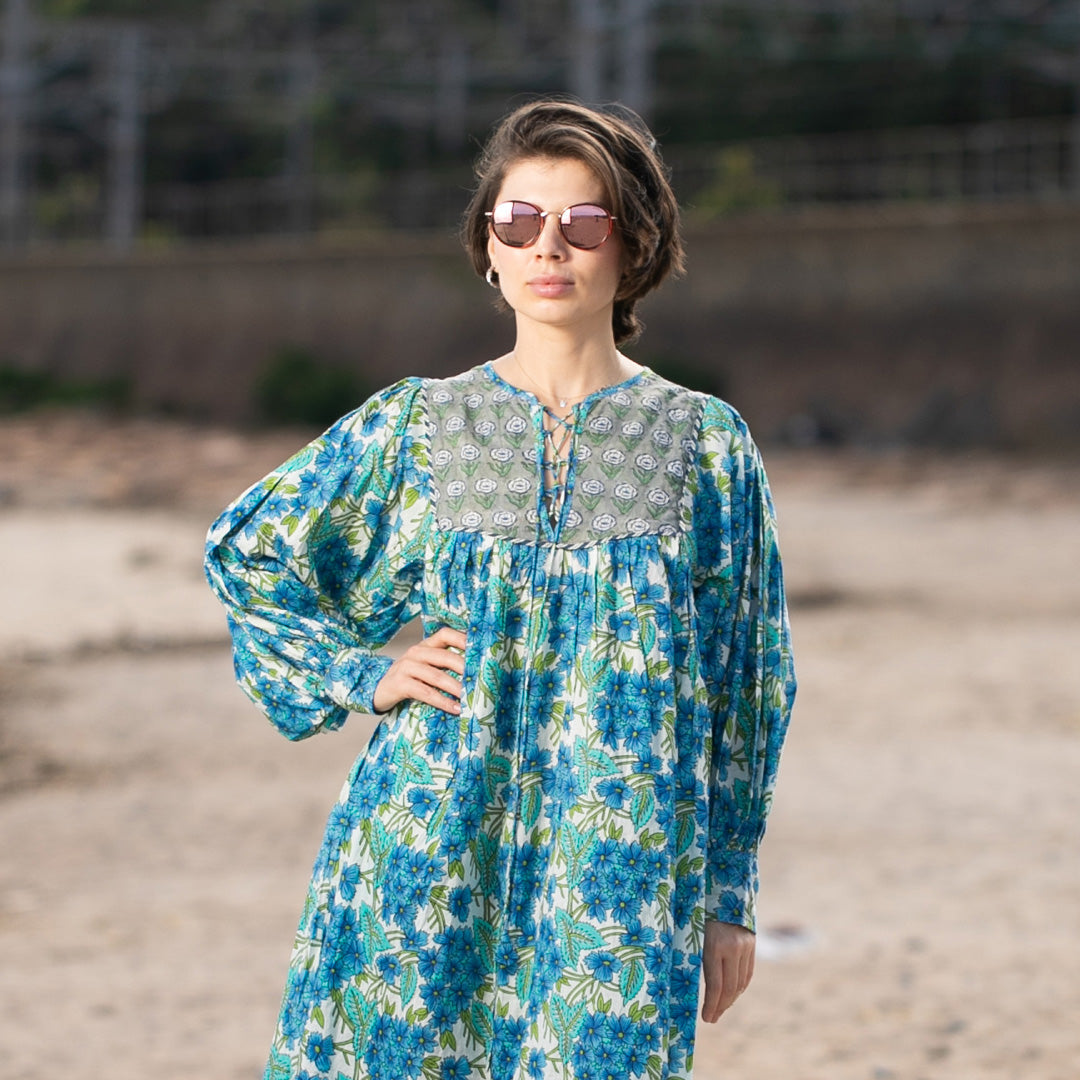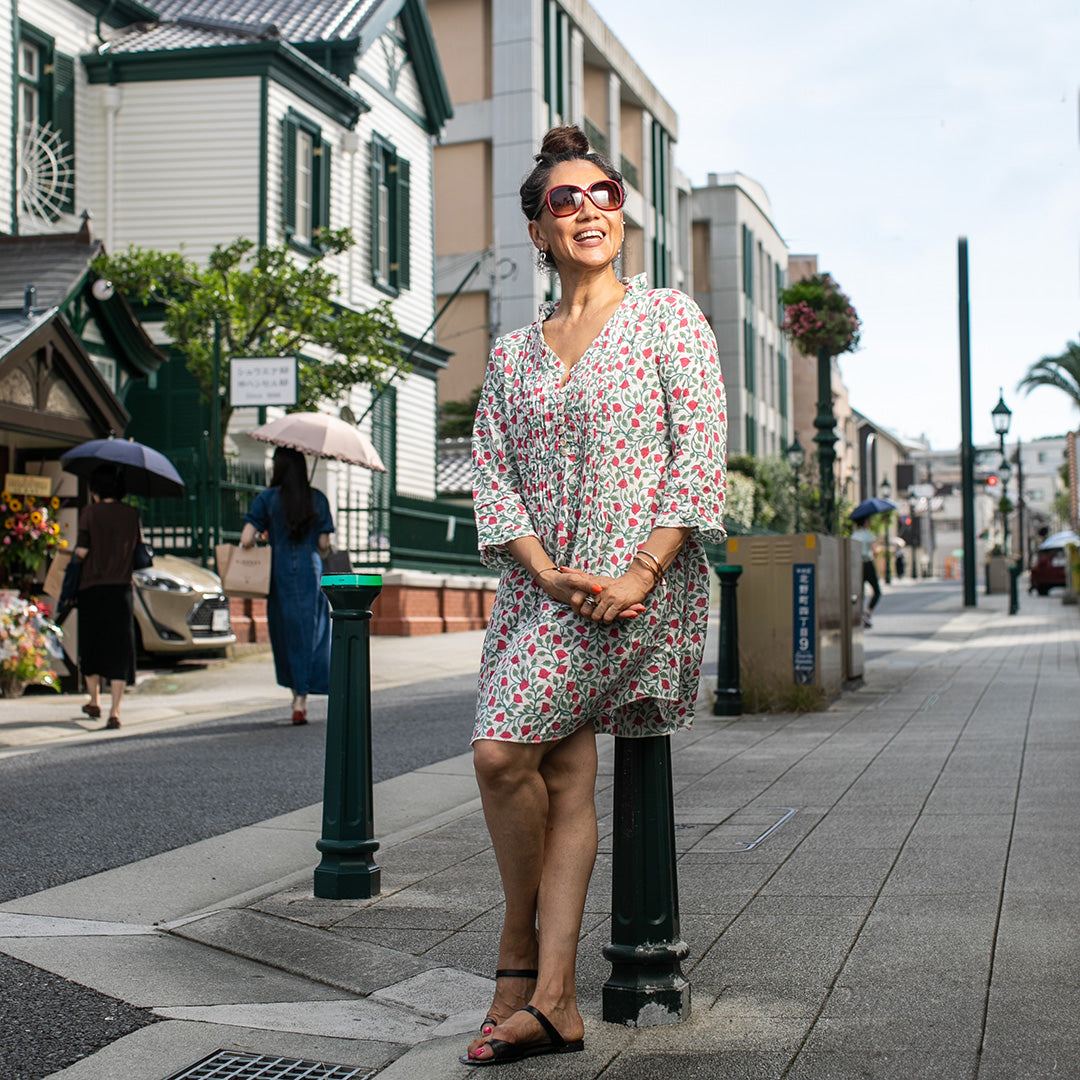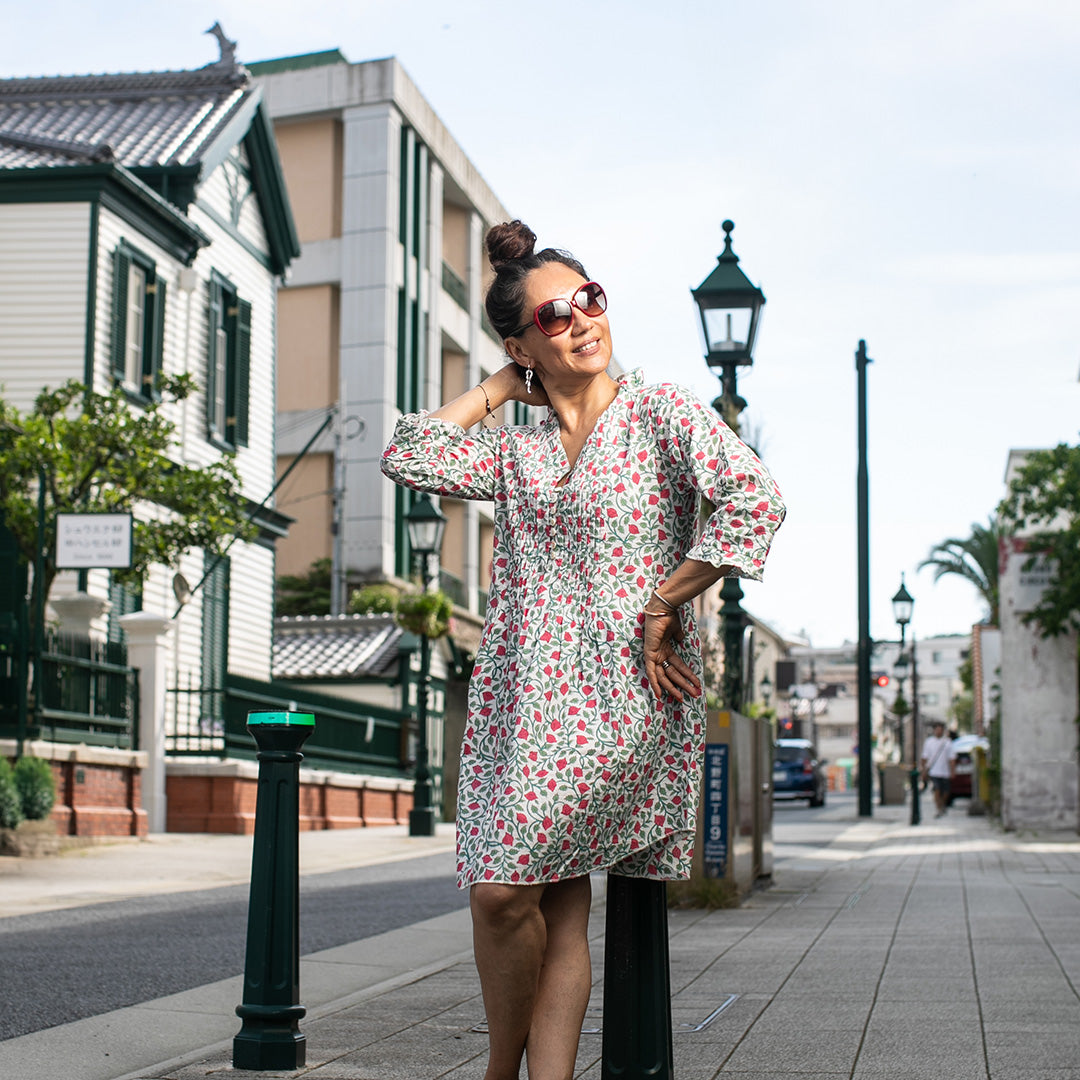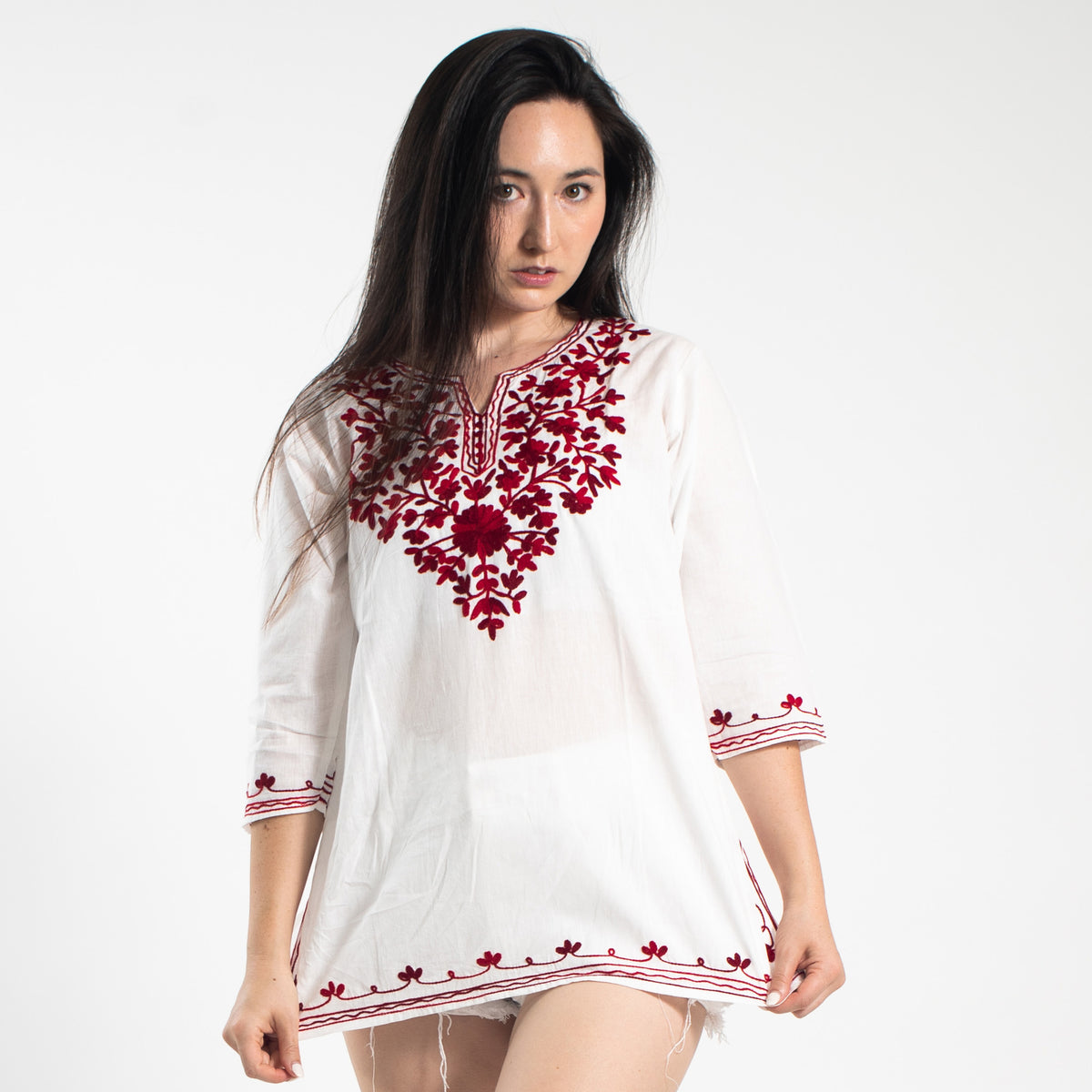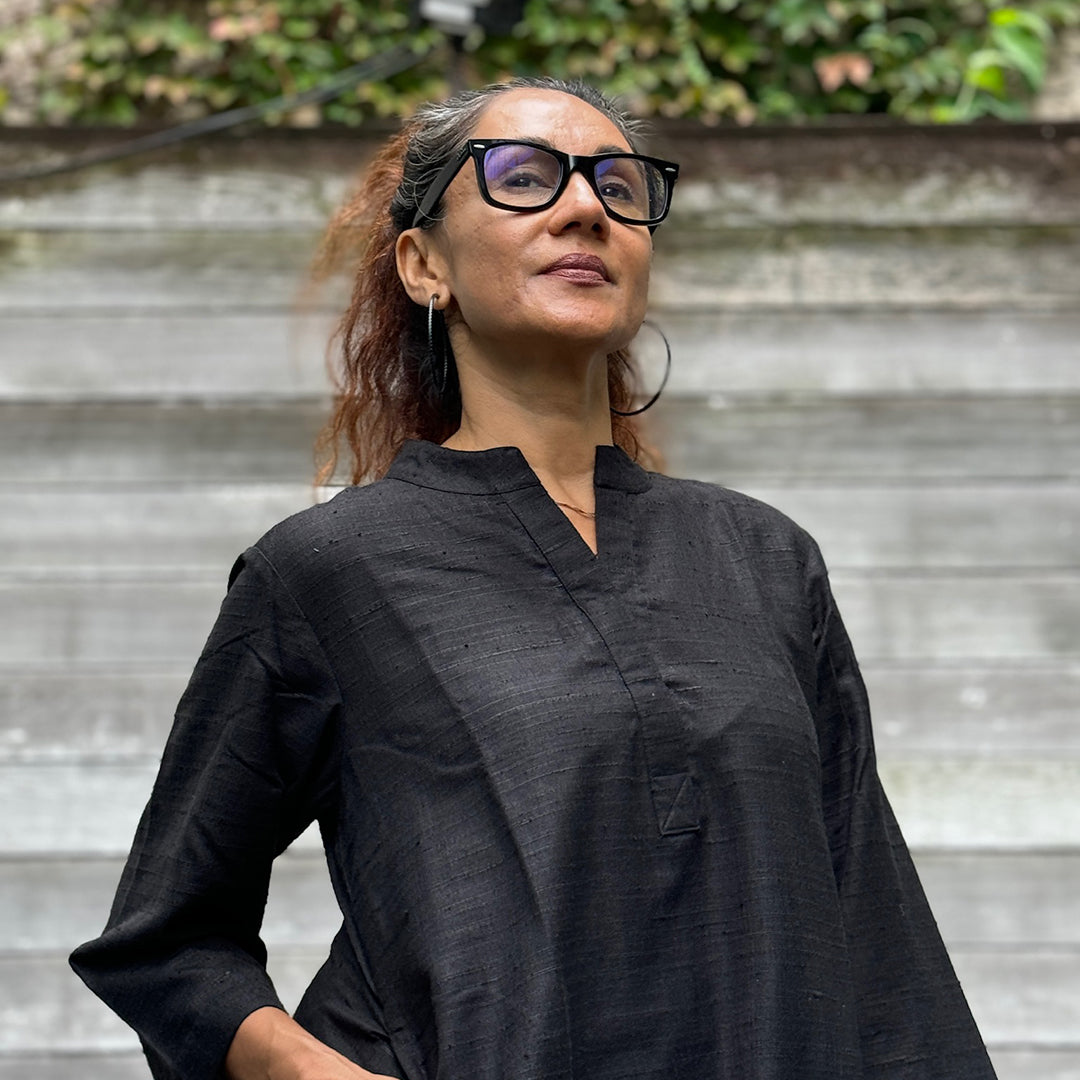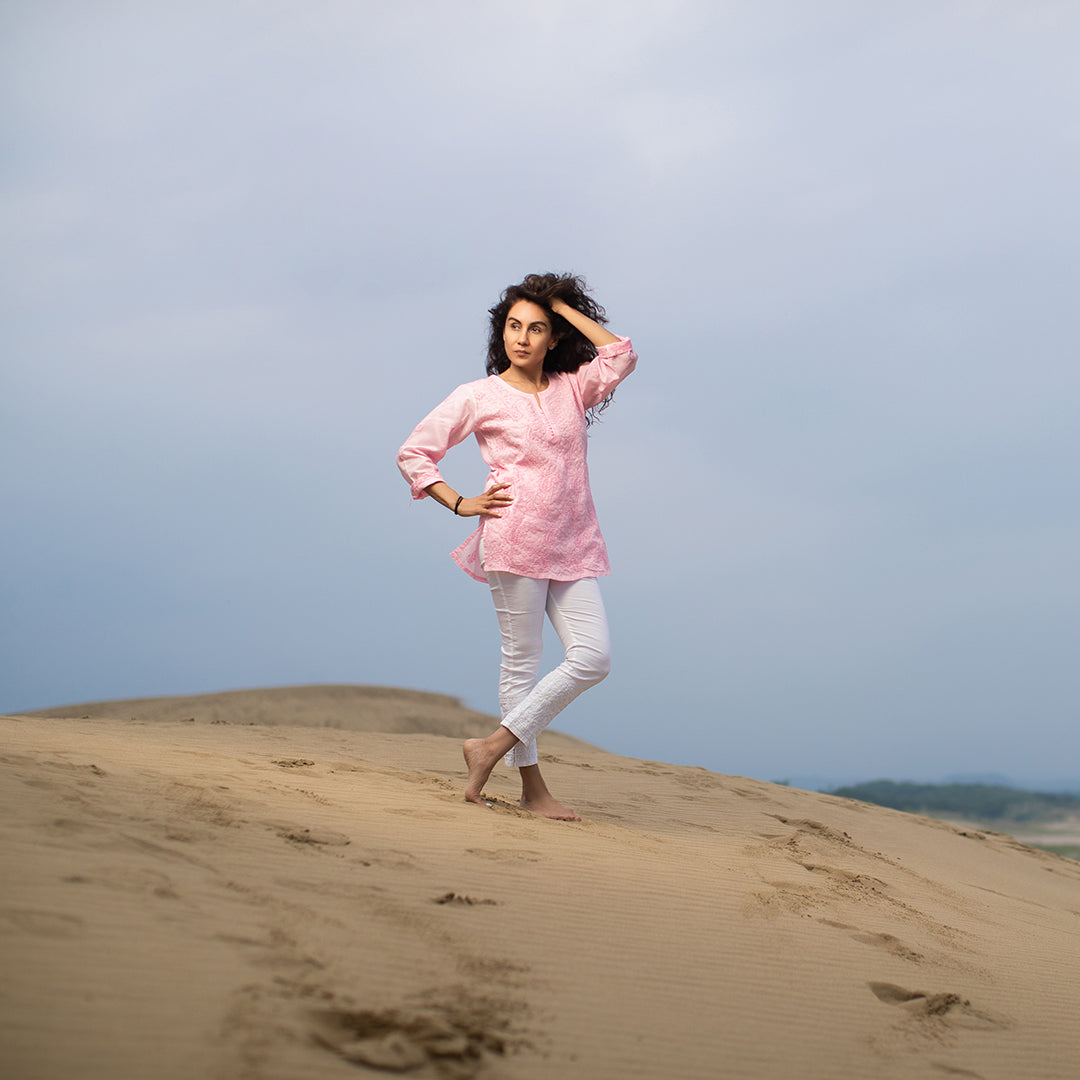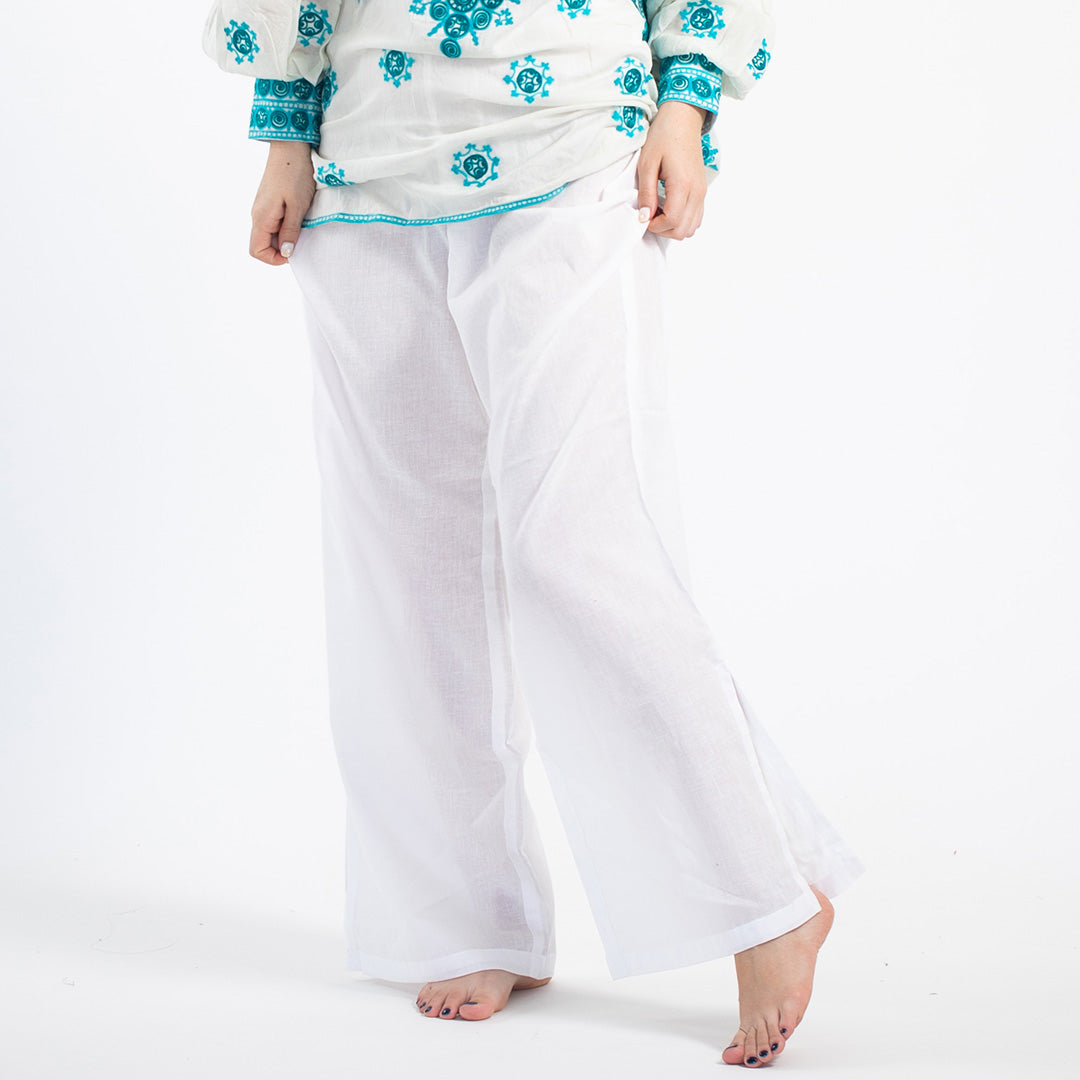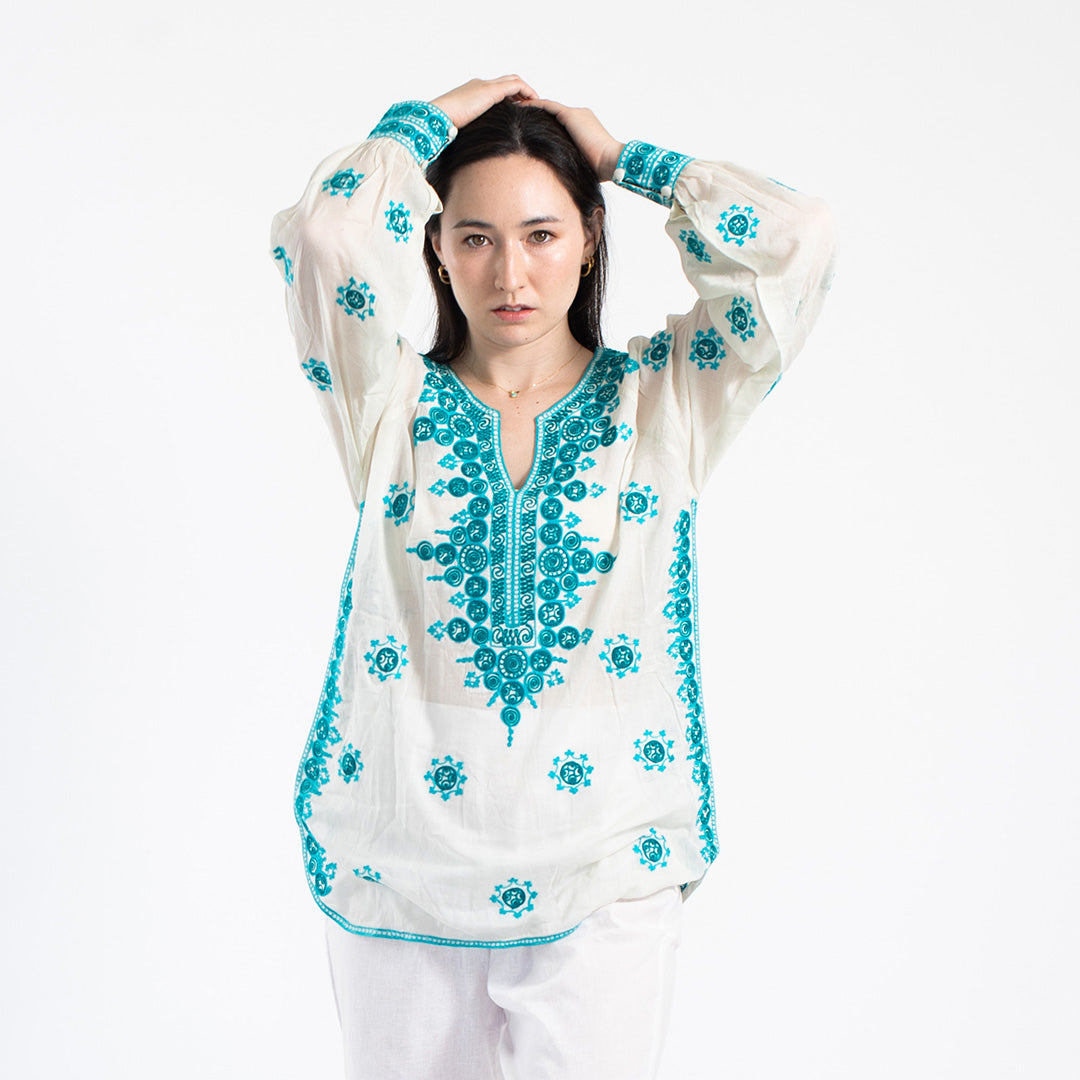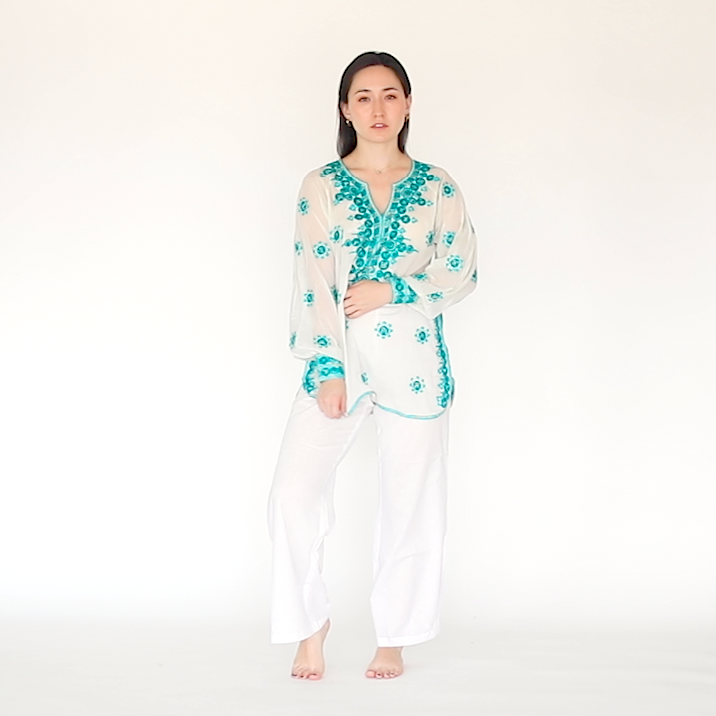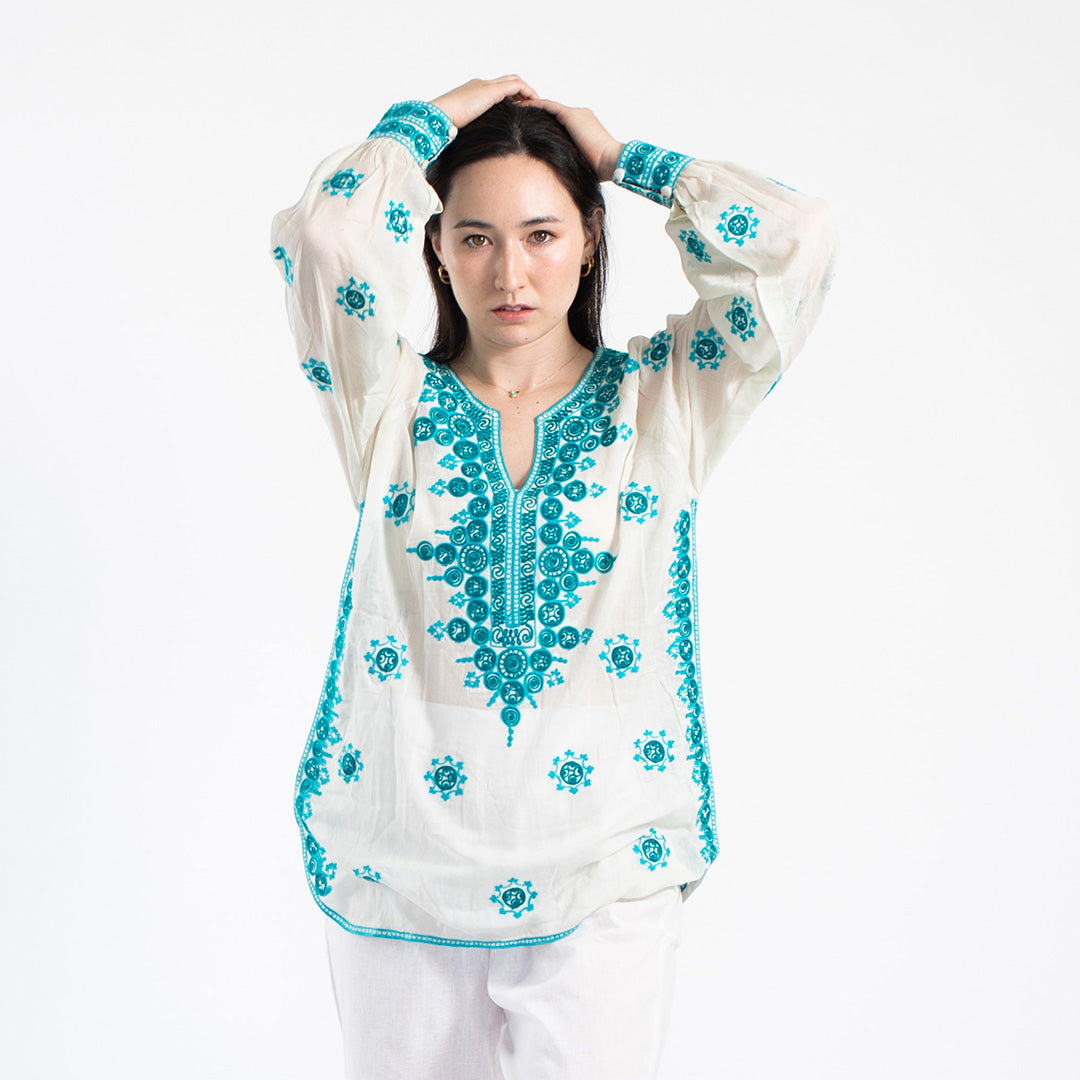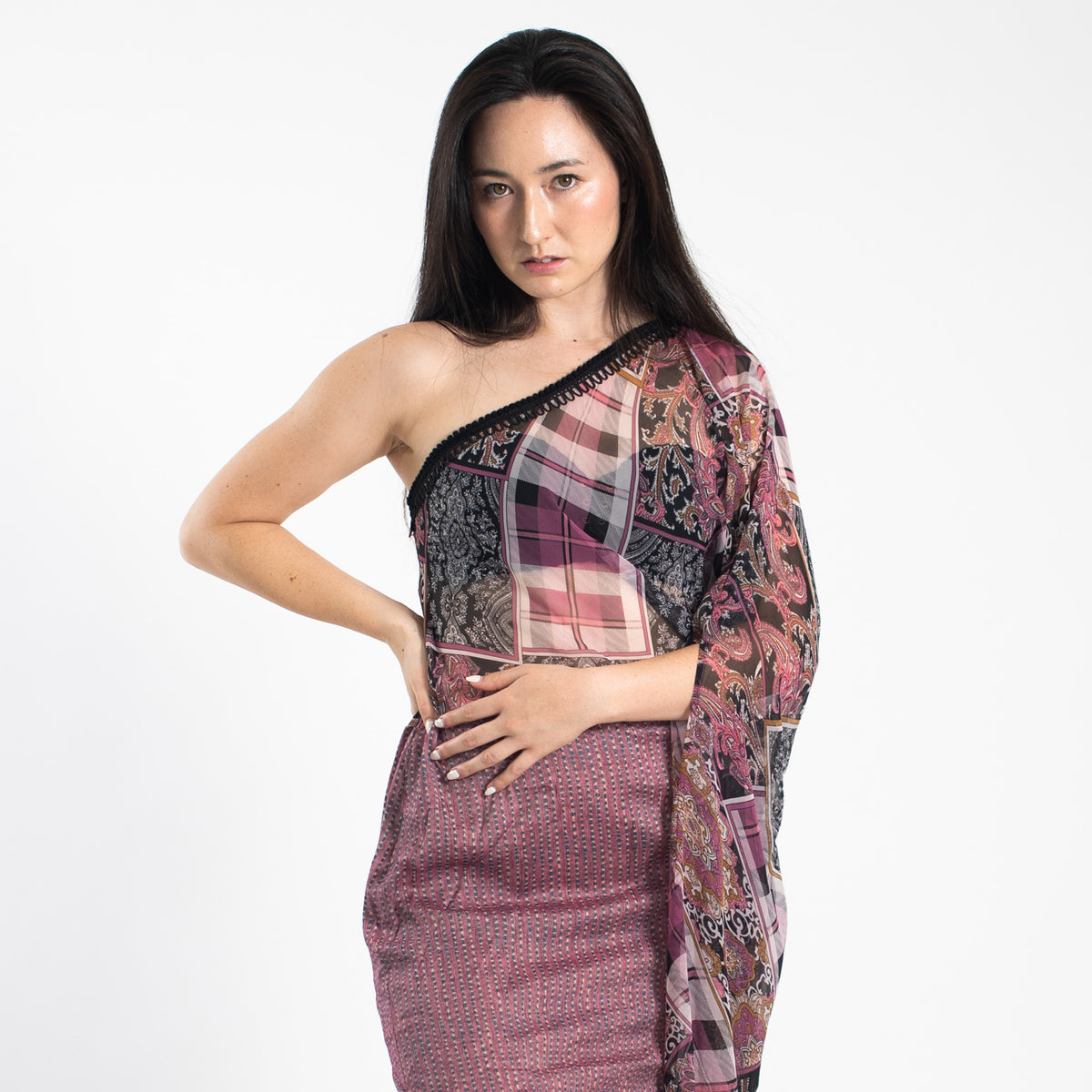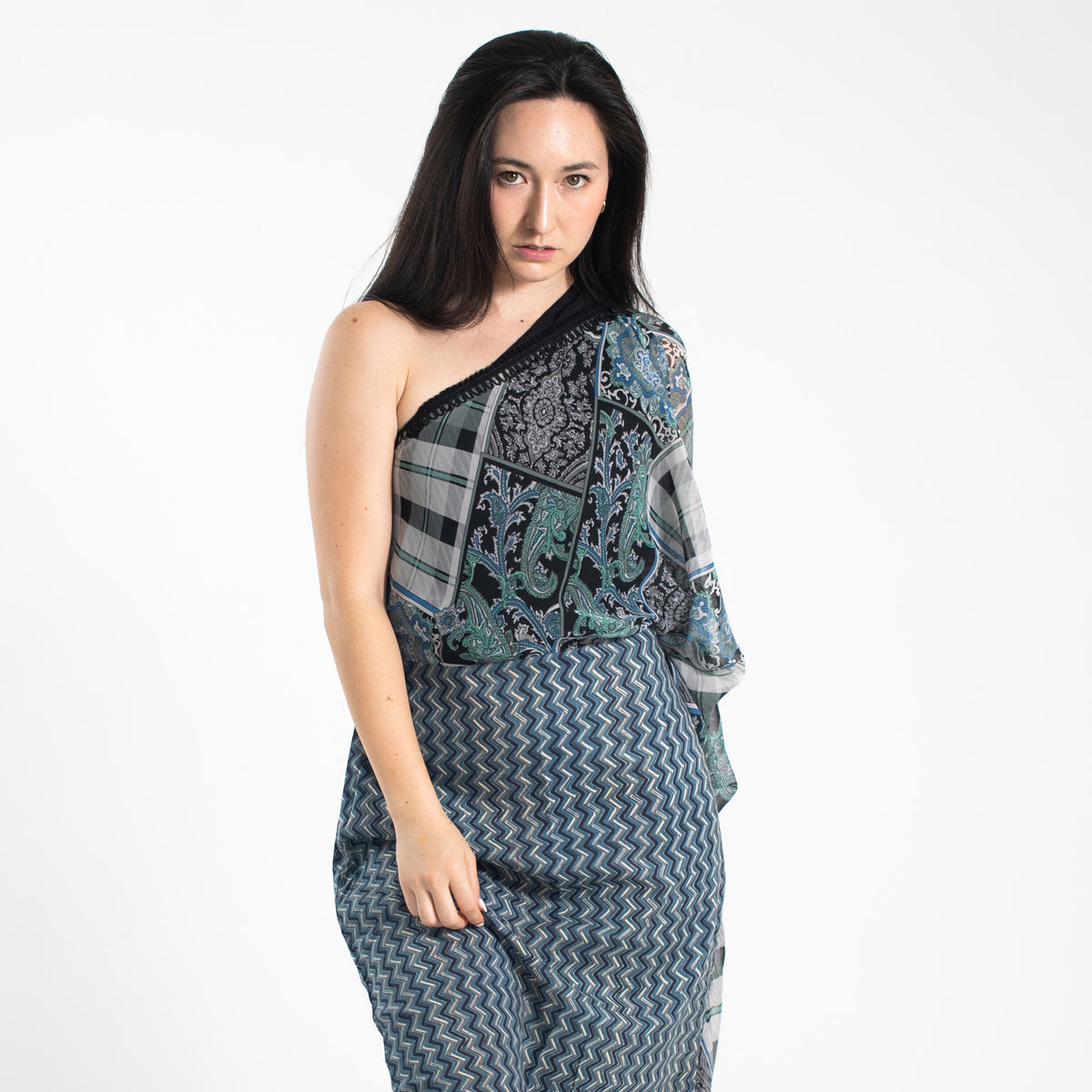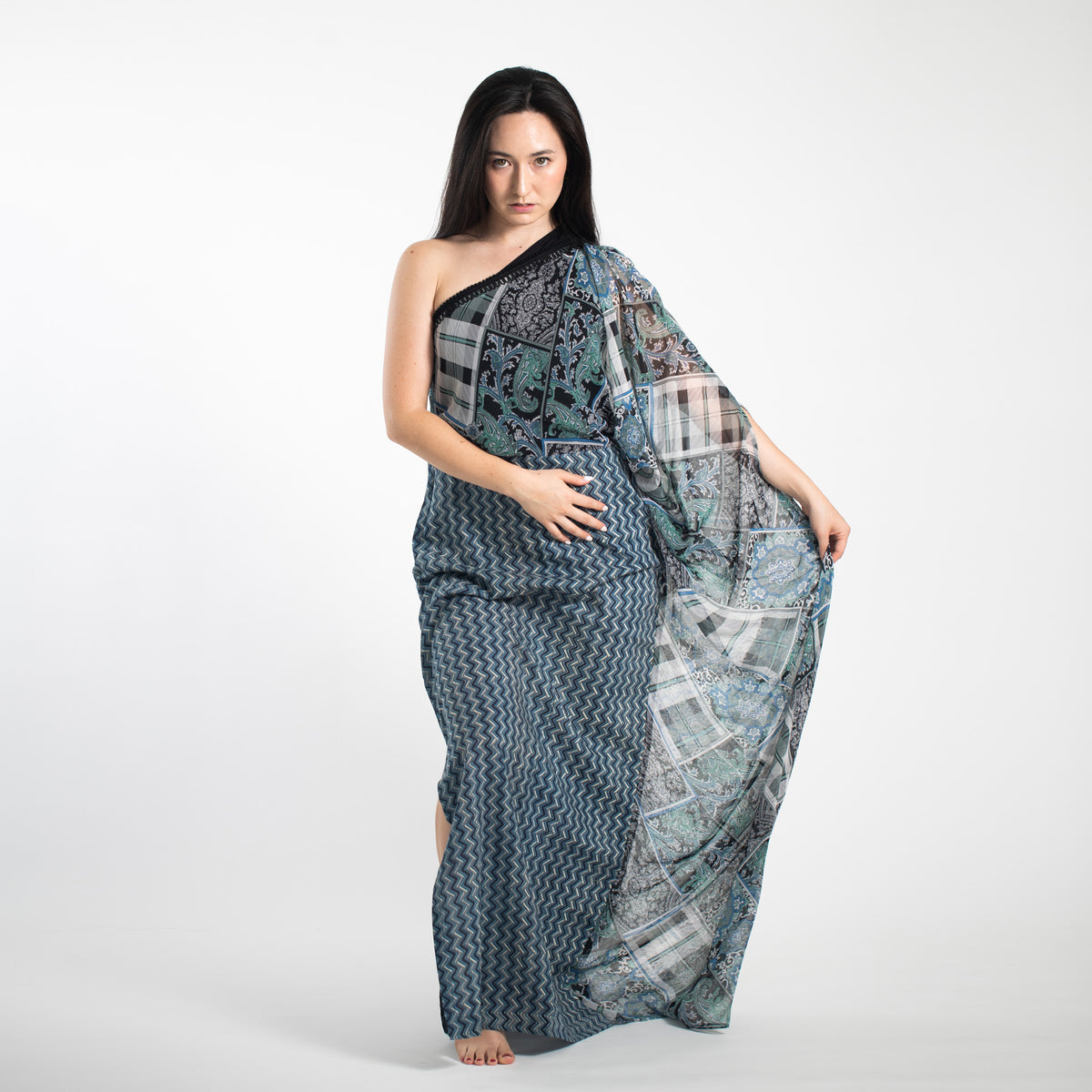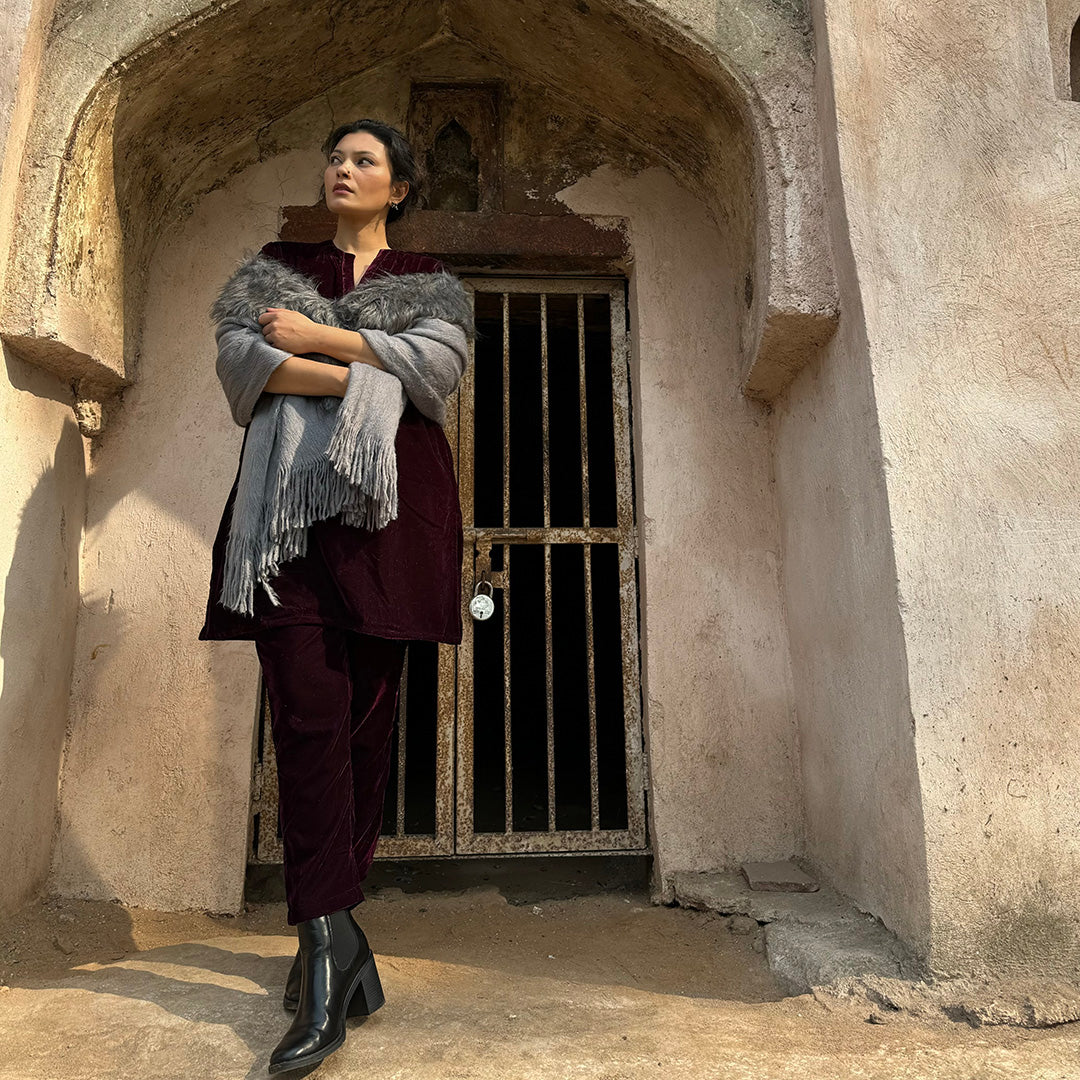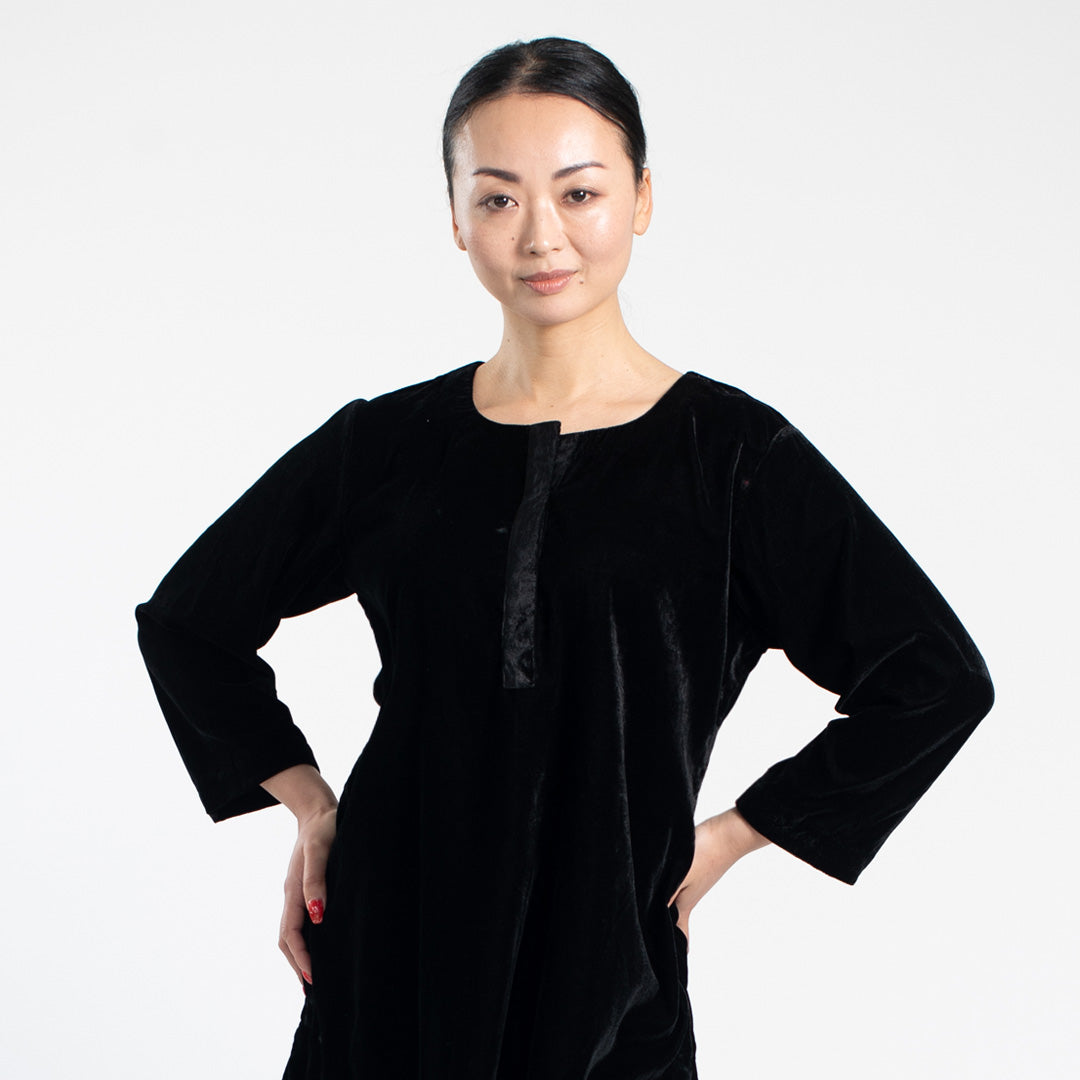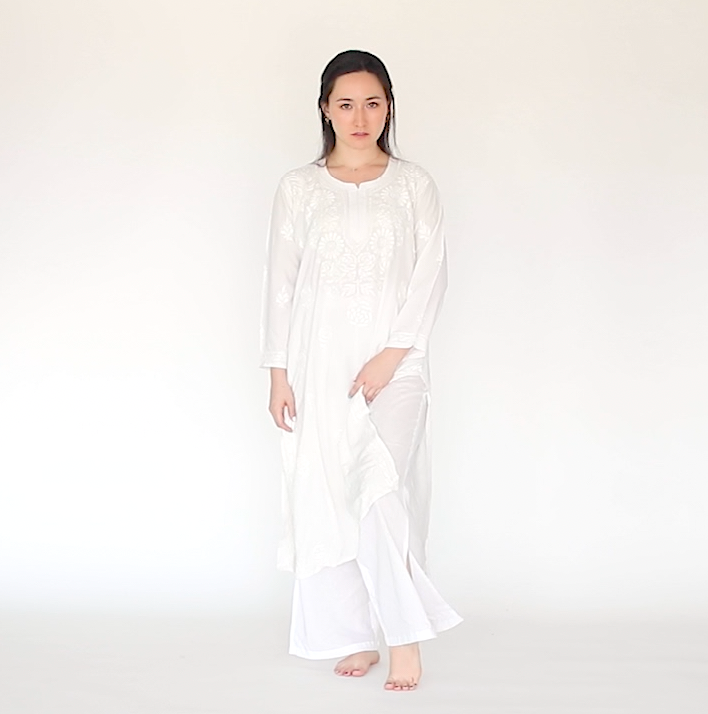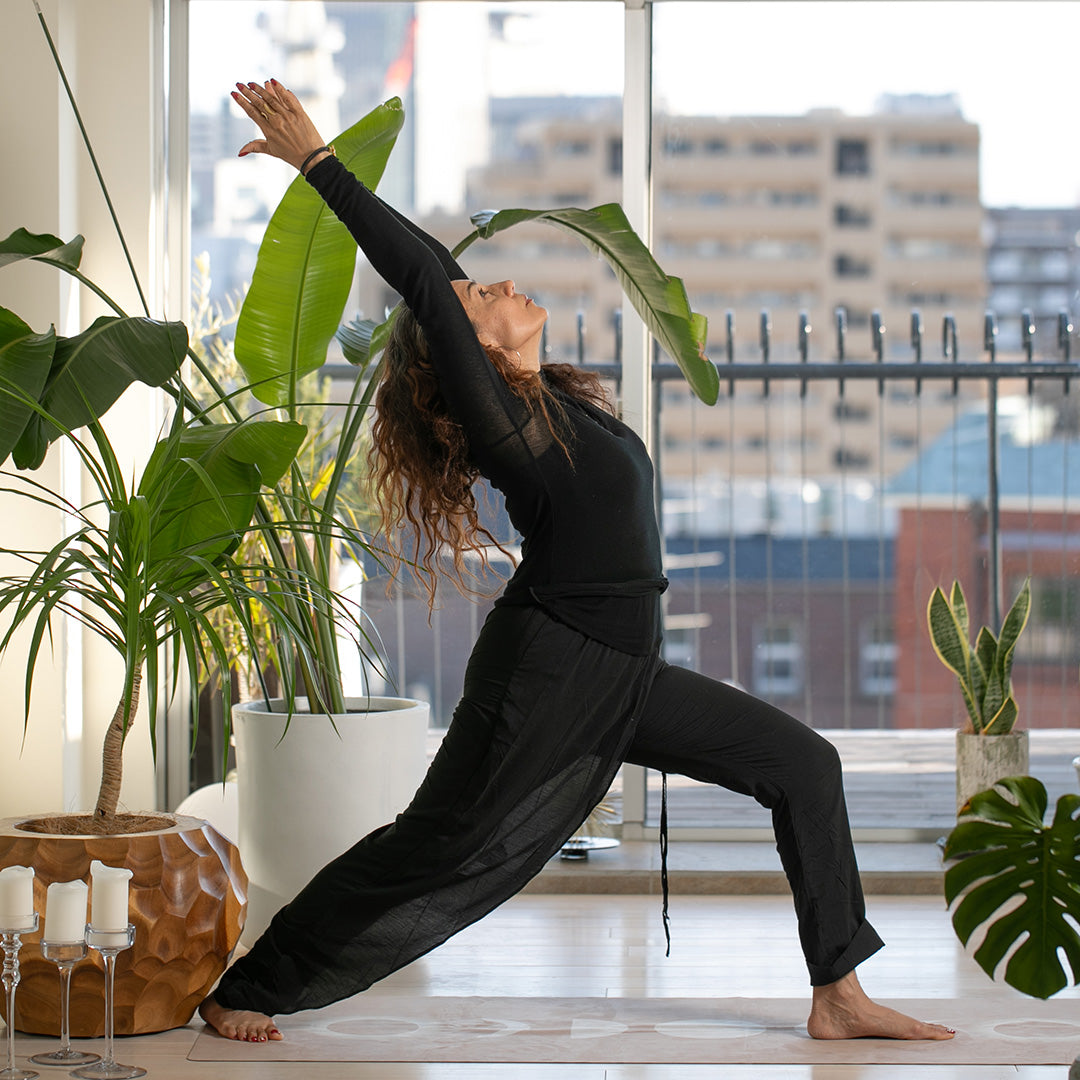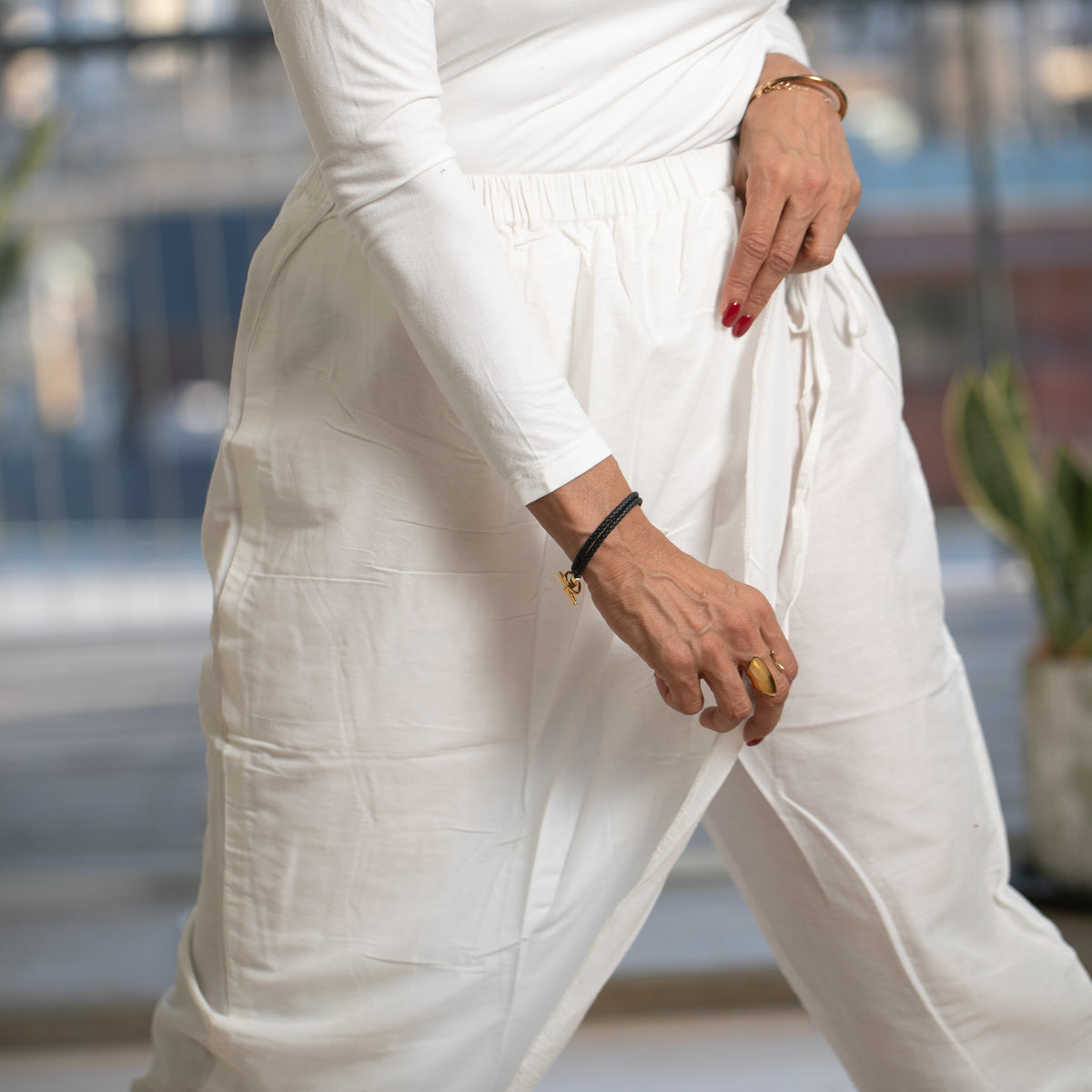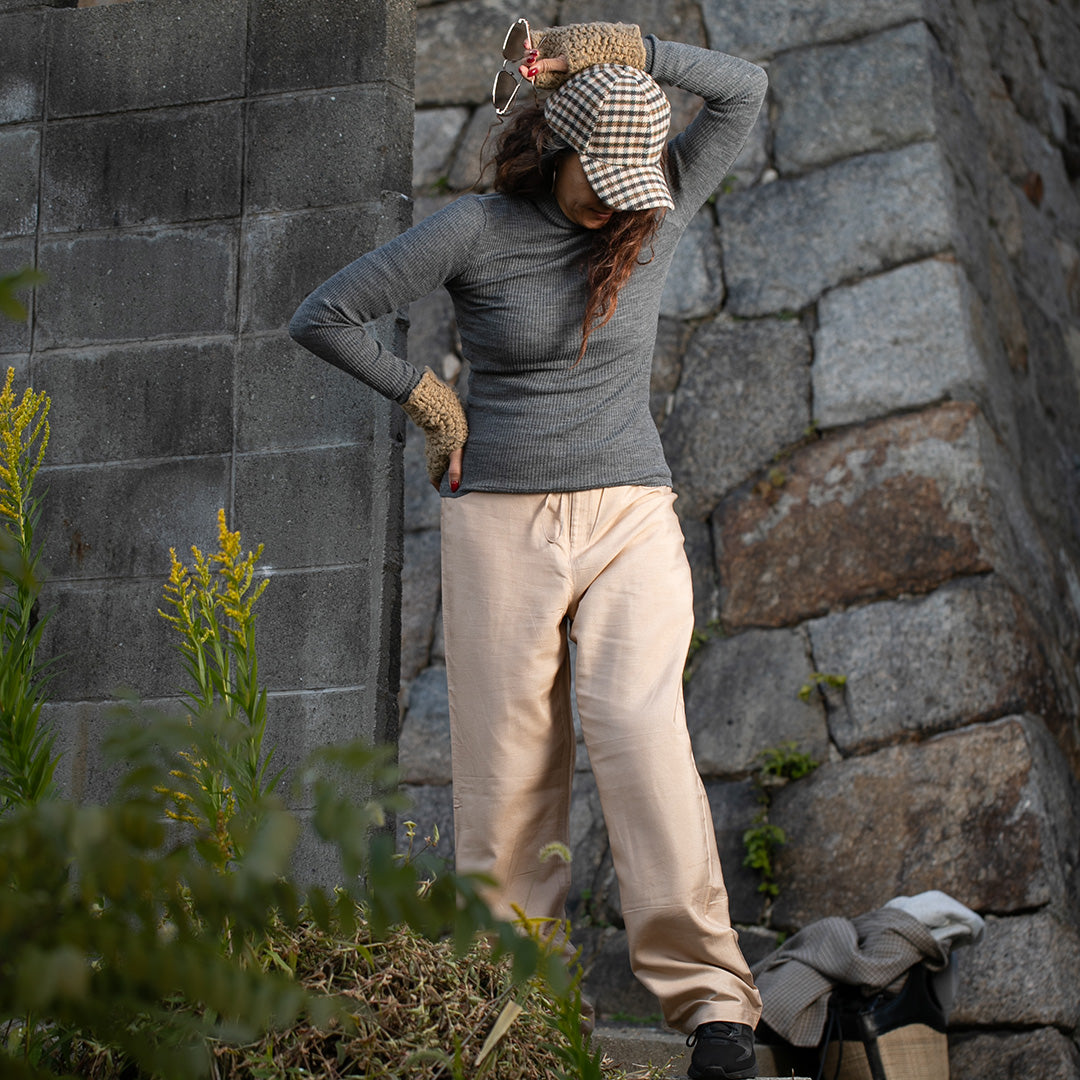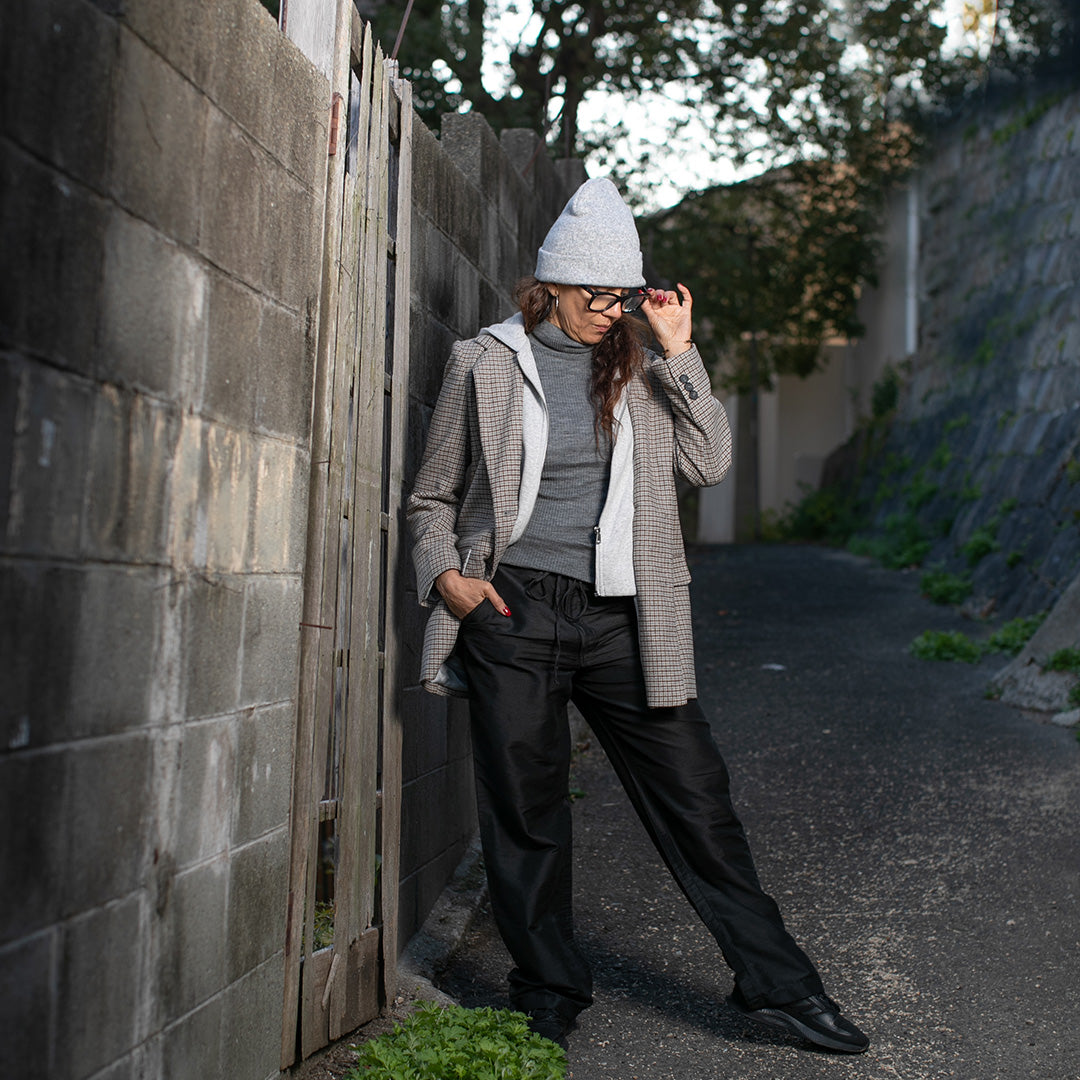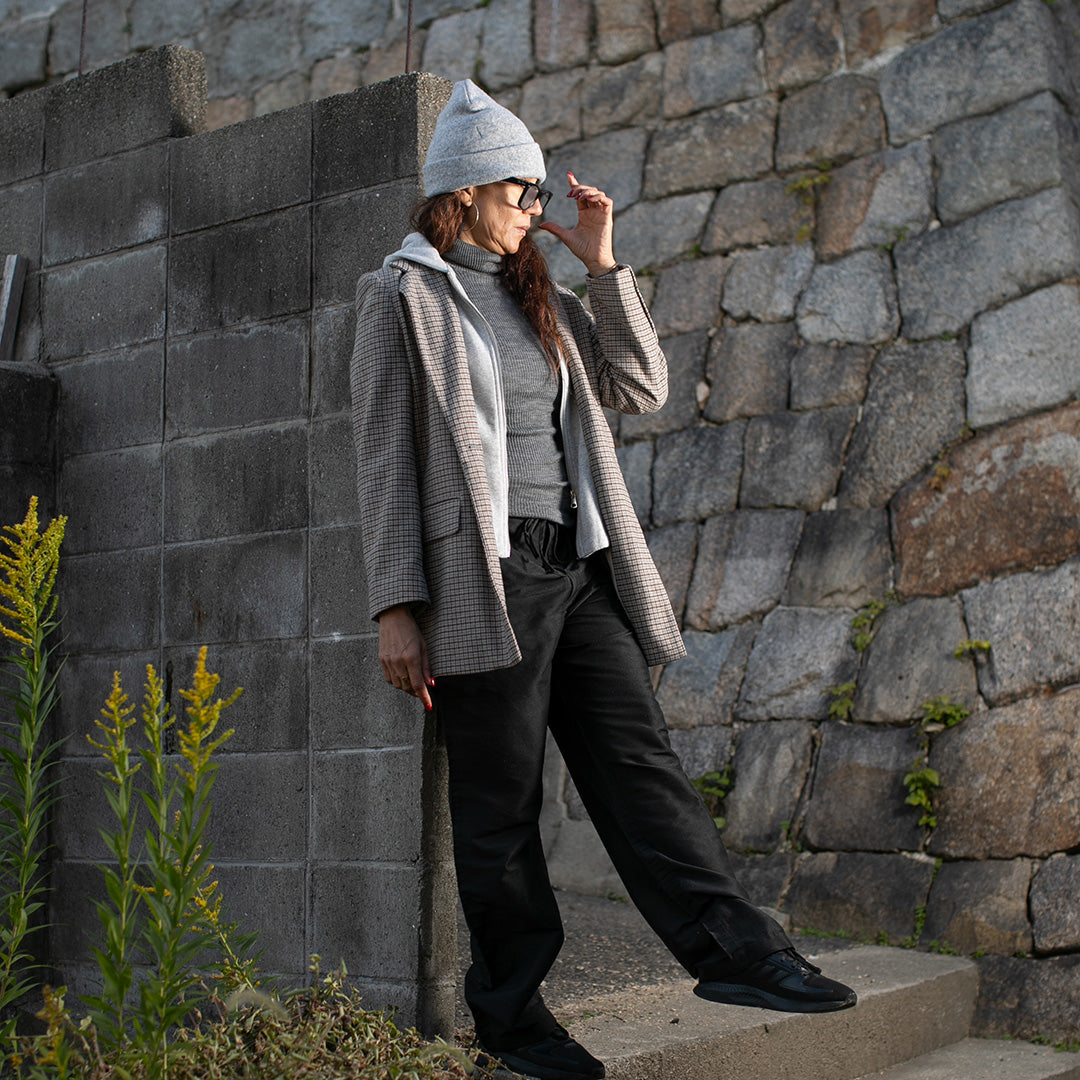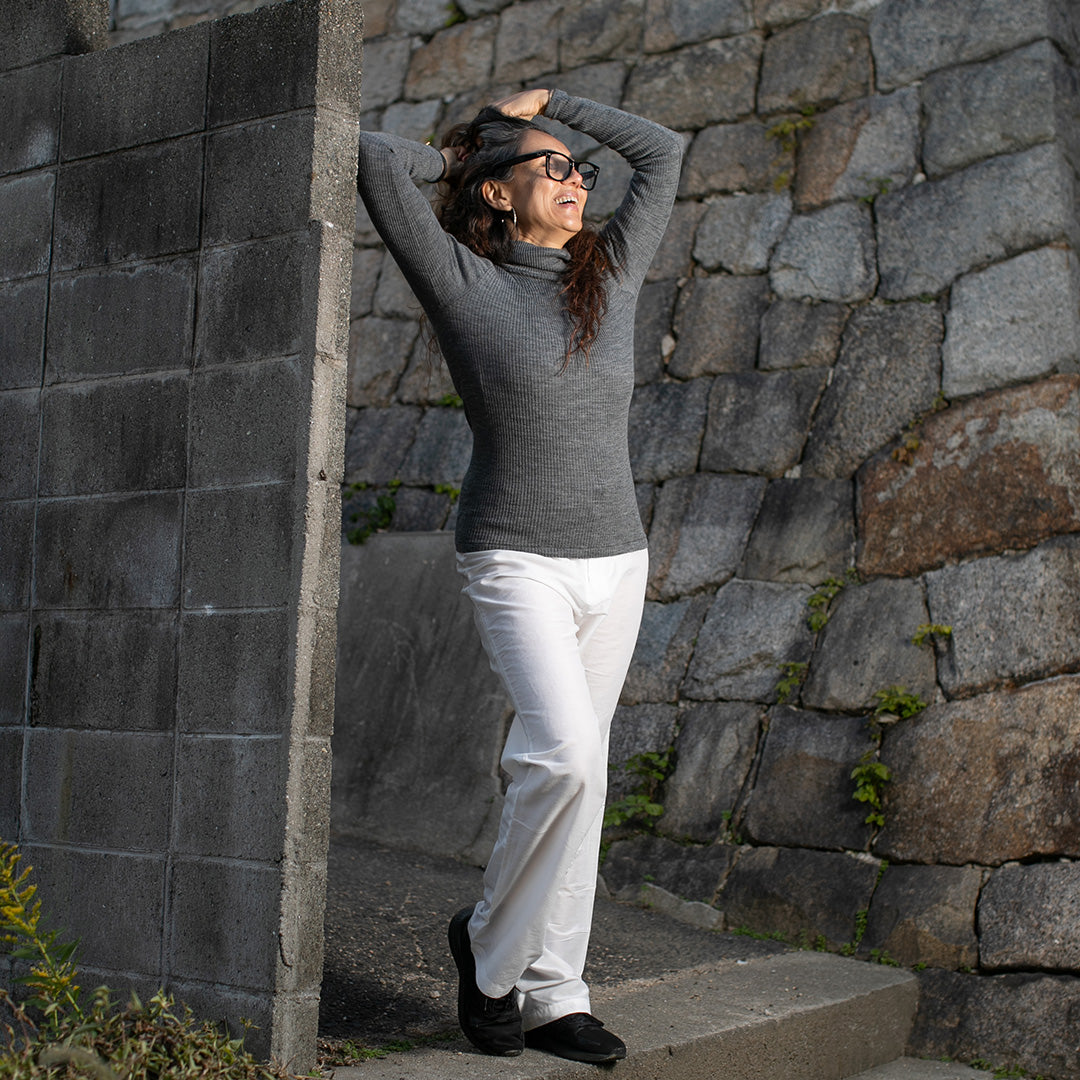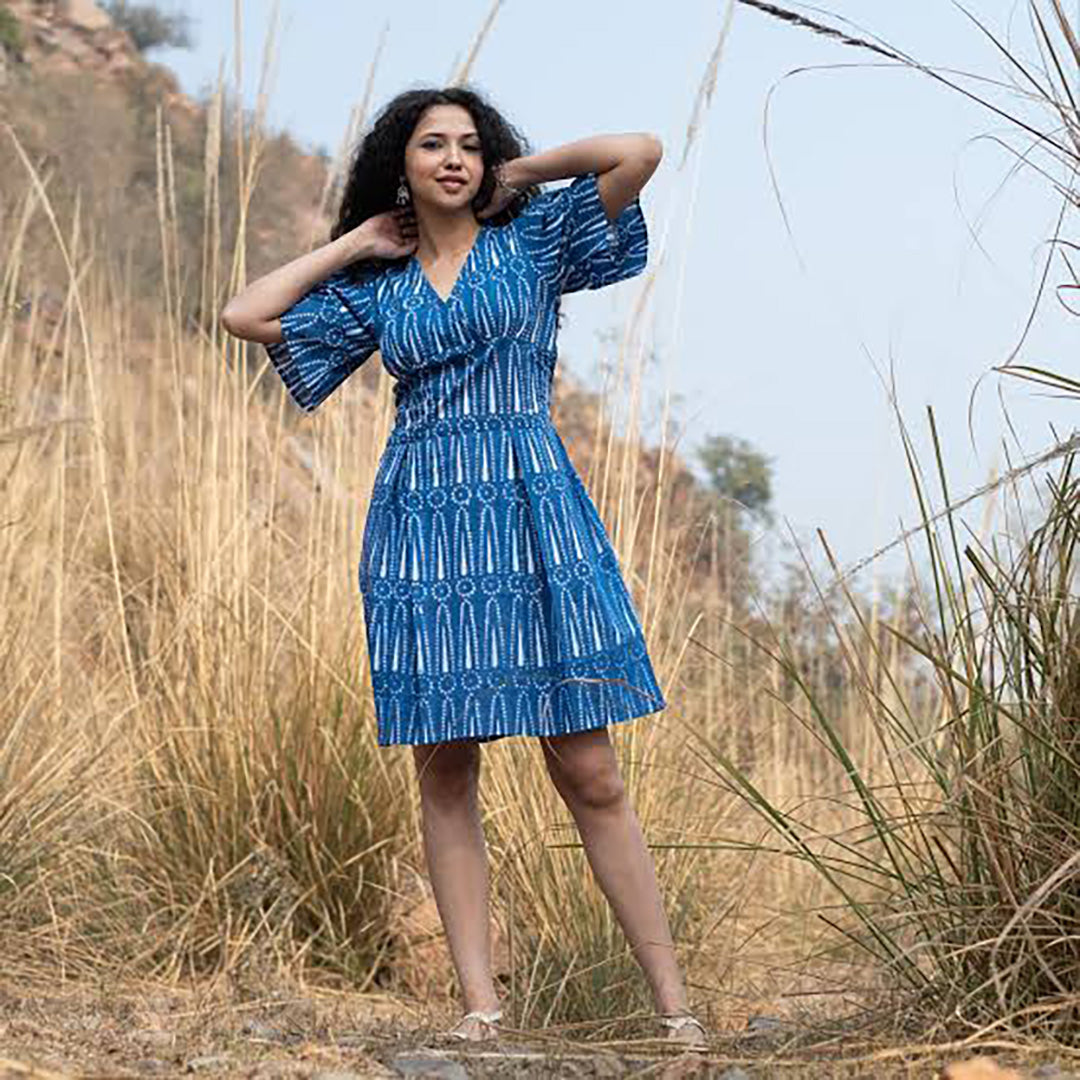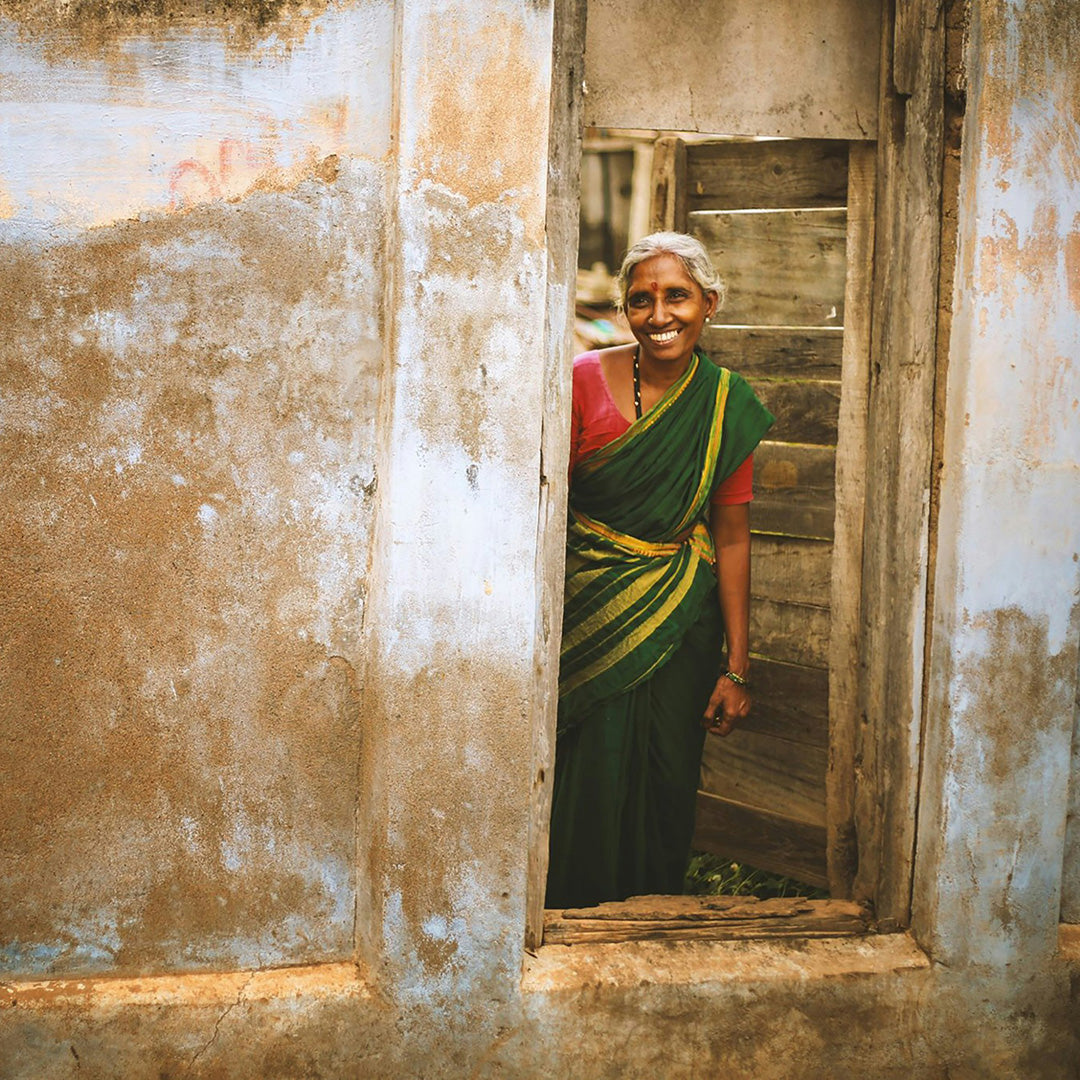サリーは、インド、バングラデシュ、ネパール、スリランカの女性が着用する伝統的な衣服です。これはとても長い生地を体の周りにエレガントにドレープし、通常はペチコートの上にブラウスと組み合わせて使用されます。サリーは優雅さと美しさの象徴です。
インド亜大陸(インド,パキスタン,バングラデシュ,ネパール,ブータンを含む地域)が起源のサリーには、何千年も遡る豊かな歴史があります。古代の女性が着ていたシンプルな衣服から発展したと考えられています。何世紀にもわたって、サリーはさまざまなスタイル、生地、デザインが登場し、多用途でファッショナブルな服装へと変化してきました。
サリーのユニークな特徴の 1 つは、地域、行事、個人の好みに応じてさまざまな方法で着用できることです。インドの各地域には、アーンドラ プラデーシュ州のニヴィ スタイルや西ベンガル州のベンガル スタイルなど、サリーをドレープする独自の伝統的な方法があります。
サリーは、シルク、コットン、シフォン、ジョーゼットなど、さまざまな生地で作られています。それぞれの生地には、独自の質感、ドレープ性、魅力があります。バナラシ シルクやカンジヴァラム シルクなどのシルク サリーは、その豪華な外観と複雑なデザインで高く評価されています。コットンサリーは快適さと通気性で人気があり、日常着に最適です。
サリーの美しさは、その複雑なデザインと装飾にあります。サリーは多くの場合、魅力を高める刺繍、スパンコール、ビーズ、その他の装飾要素で飾られています。
サリーは、結婚式やお祭りからカジュアルな集まりやフォーマルなイベントまで、さまざまな機会に着用されます。それらは伝統と優雅さの象徴であり、インド文化の時代を超えた美しさを表しています。若い女の子が着ても、年配の女性が着ても、サリーは南アジアの女性の心の中で特別な場所を占めています。
近年、サリーは南アジアを超えて人気を博し、世界中でファッションステートメントとなっています。デザイナーやファッション愛好家は、伝統的な本質を保ちながらサリーに現代的なひねりを加えるために、新しいスタイル、生地、ドレープ技術を実験しています。
全体として、サリーは単なる衣服ではありません。それは伝統、女性らしさ、優雅さの象徴です。時代を超えた魅力と無限の多用途性により、サリーは世界中の人々を魅了し続け、ファッションの世界で愛され続けています。
SAREE- INDIAN TRADITION
The saree, also known as sari, is a traditional garment worn by women in India, Bangladesh, Nepal, and Sri Lanka. It is a long piece of fabric that is draped elegantly around the body, typically over a petticoat and paired with a blouse. The saree is a symbol of grace and beauty.
Originating from the Indian subcontinent, the saree has a rich history that dates back thousands of years. It is believed to have evolved from a simple garment worn by women in ancient times. Over the centuries, the saree has transformed into a versatile and fashionable attire that comes in a wide variety of styles, fabrics, and designs.
One of the unique features of the saree is that it can be worn in different ways, depending on the region, occasion, and personal preference. Each region in India has its traditional way of draping the saree, such as the Nivi style in Andhra Pradesh and the Bengali style in West Bengal.
Sarees are made from a variety of fabrics, including silk, cotton, chiffon, georgette, and more. Each fabric has its unique texture, drape, and appeal. Silk sarees, such as Banarasi silk and Kanjivaram silk, are highly prized for their luxurious look and intricate designs. Cotton sarees are popular for their comfort and breathability, making them ideal for everyday wear.
The beauty of a saree lies in its intricate designs and embellishments. Sarees are often adorned with embroidery, sequins, beads, and other decorative elements that enhance their appeal.
Sarees are worn on various occasions, ranging from weddings and festivals to casual gatherings and formal events. They are a symbol of tradition and elegance, representing the timeless beauty of Indian culture. Whether worn by young girls or elderly women, the saree holds a special place in the hearts of South Asian women.
In recent years, the saree has gained popularity beyond South Asia and has become a fashion statement around the world. Designers and fashion enthusiasts are experimenting with new styles, fabrics, and draping techniques to give the saree a modern twist while preserving its traditional essence.
Overall, the saree is more than just a piece of clothing; it is a symbol of heritage, femininity, and grace. With its timeless appeal and endless versatility, the saree continues to captivate people across the globe and remains a beloved garment in the world of fashion.

